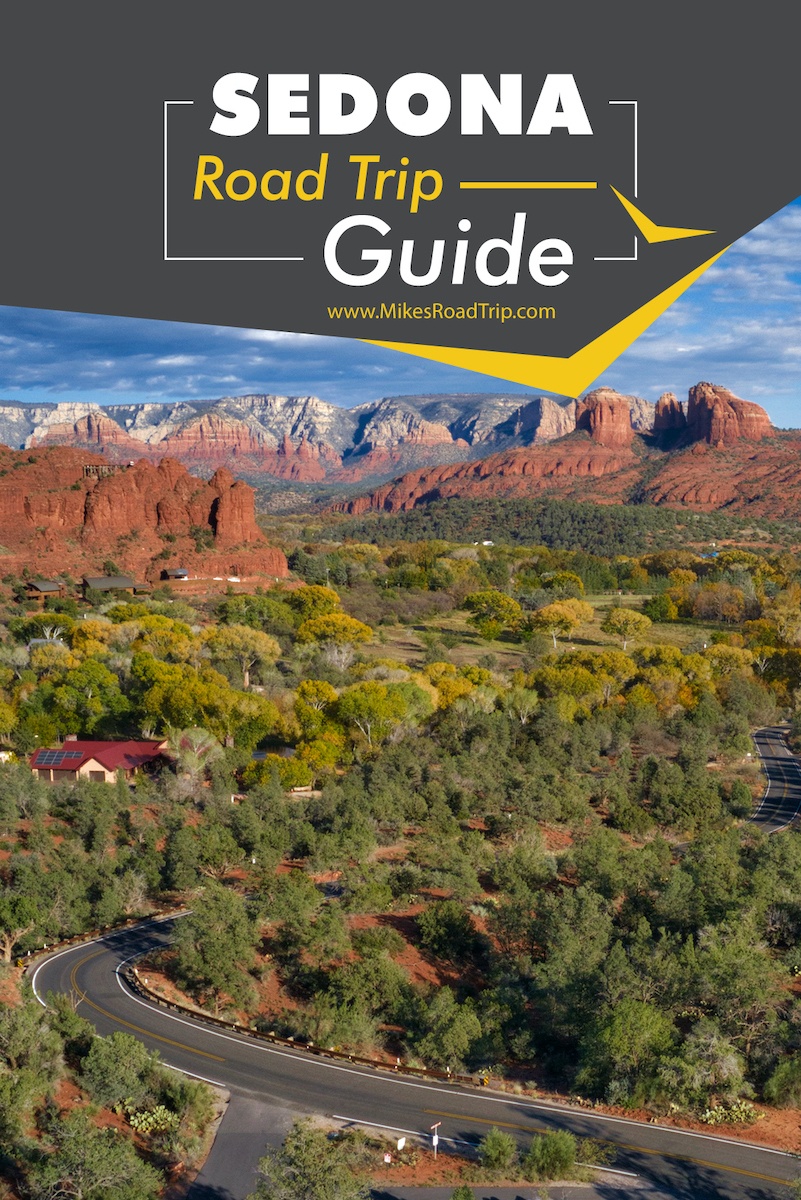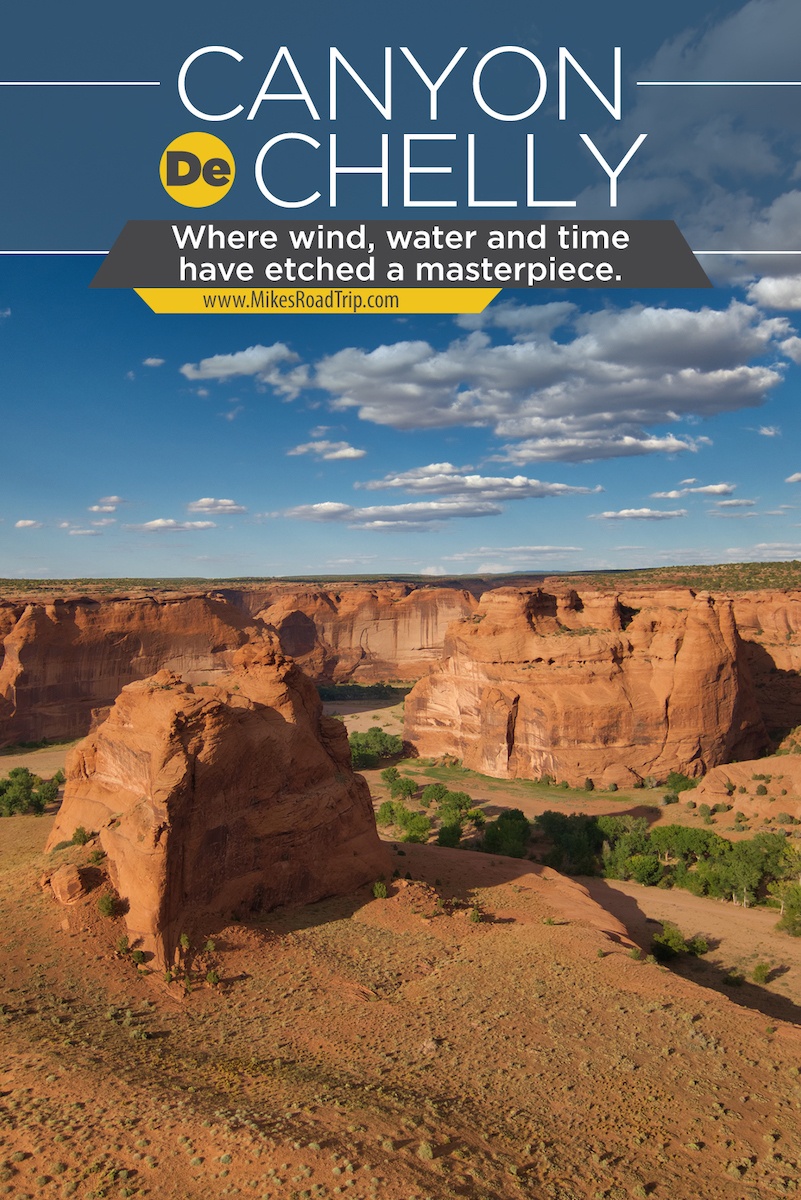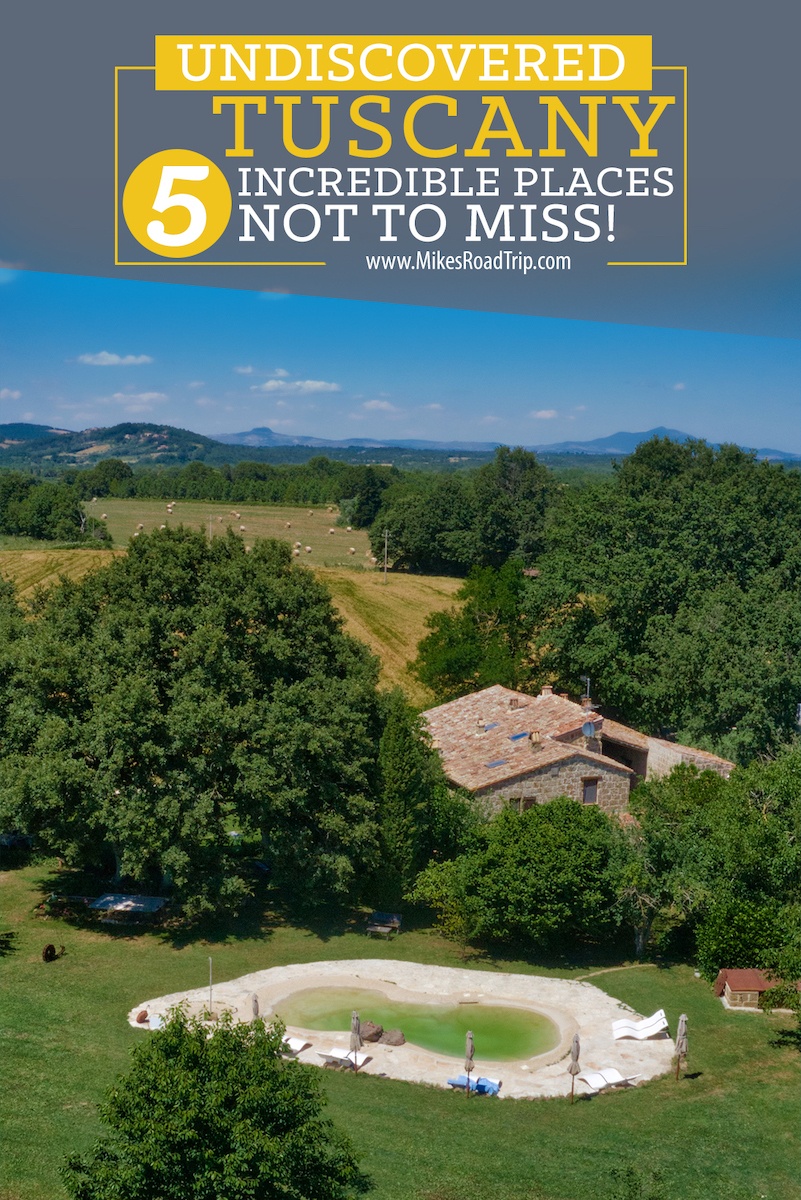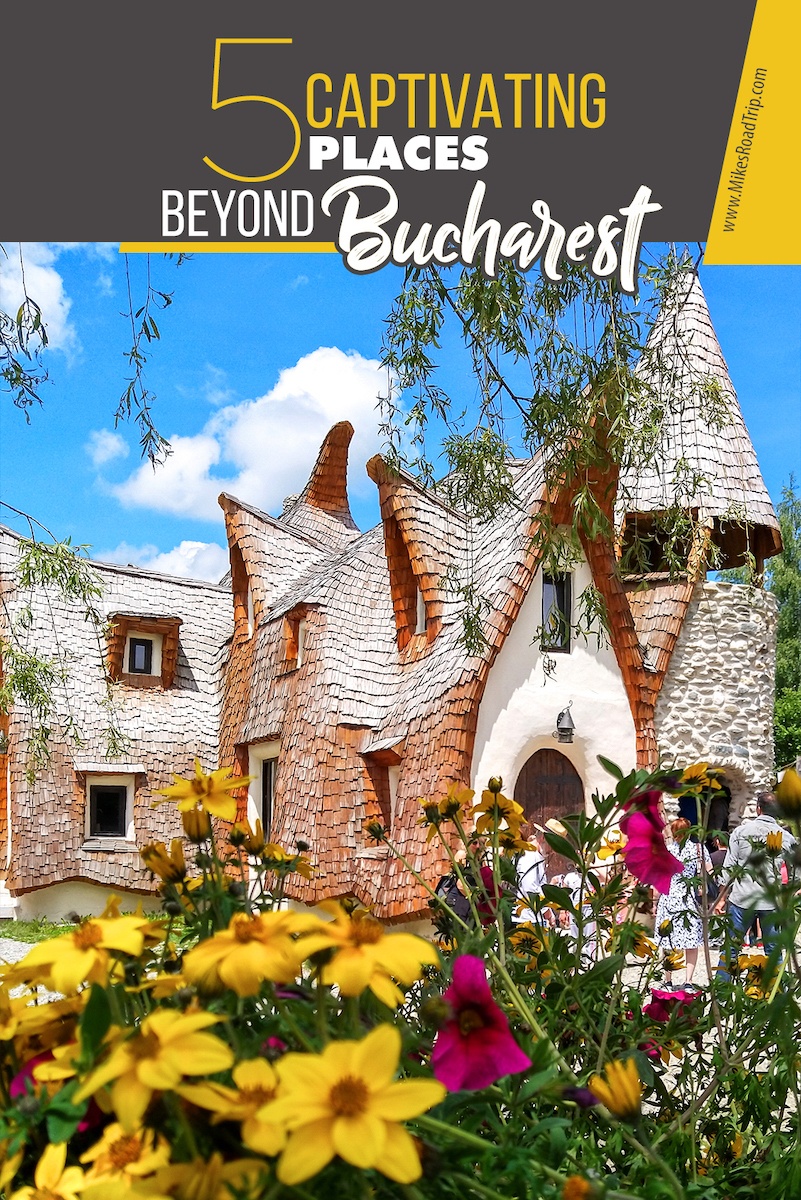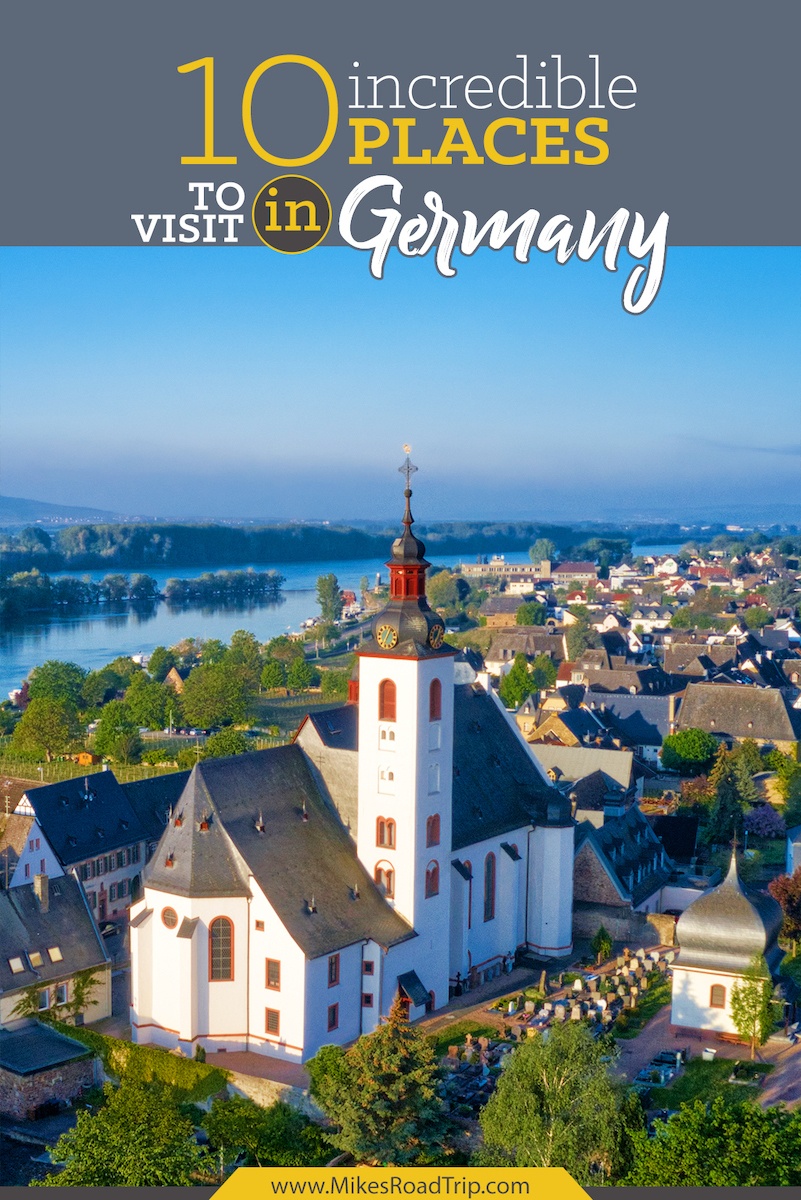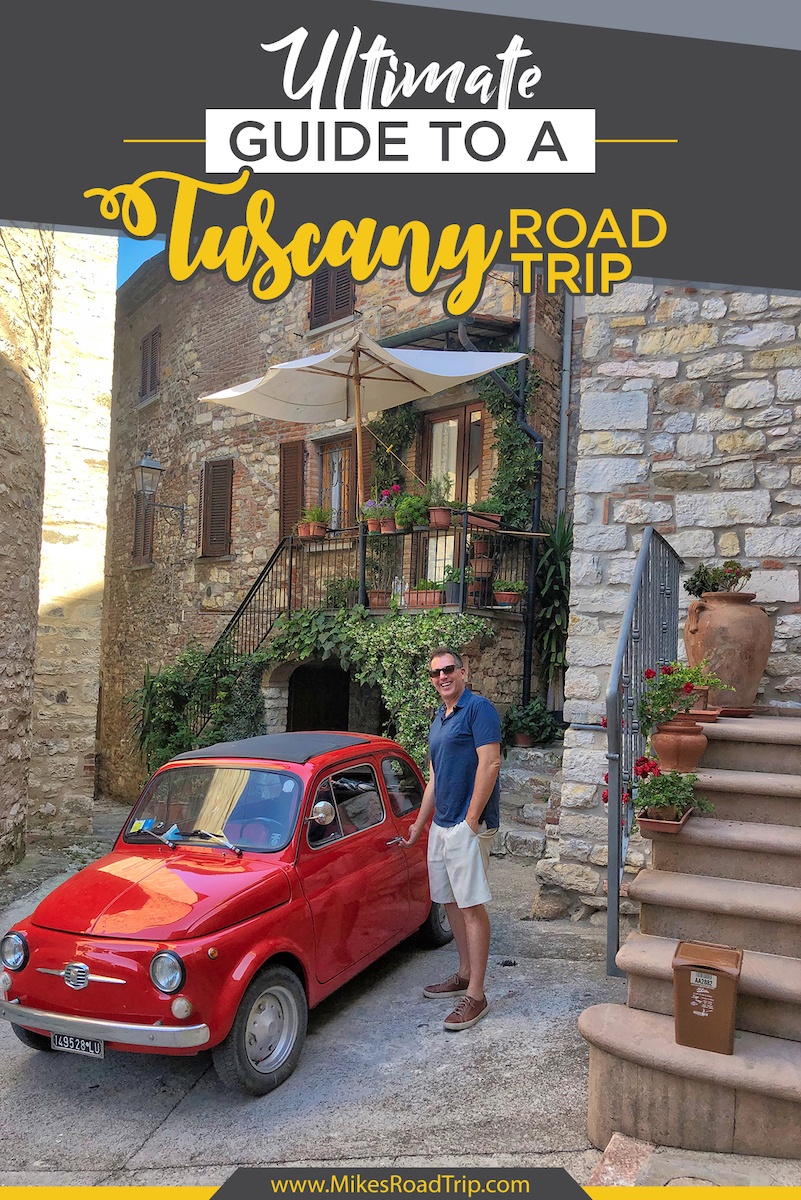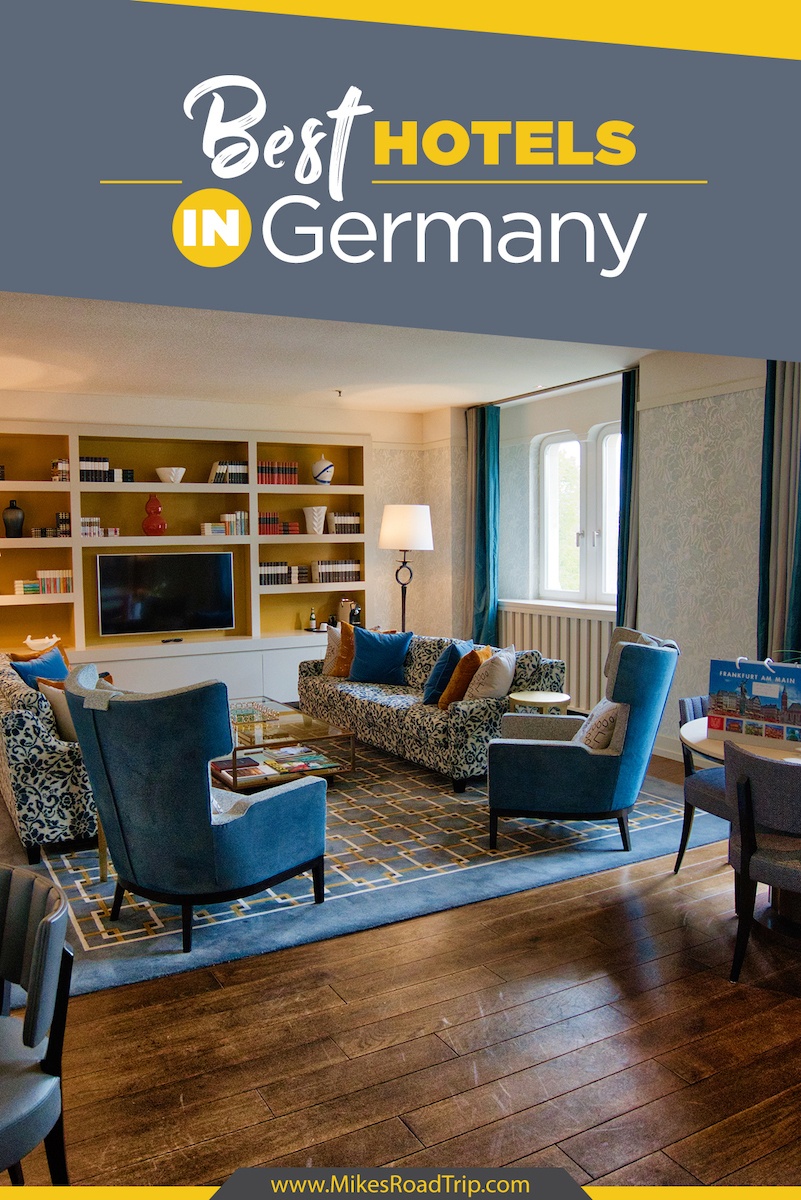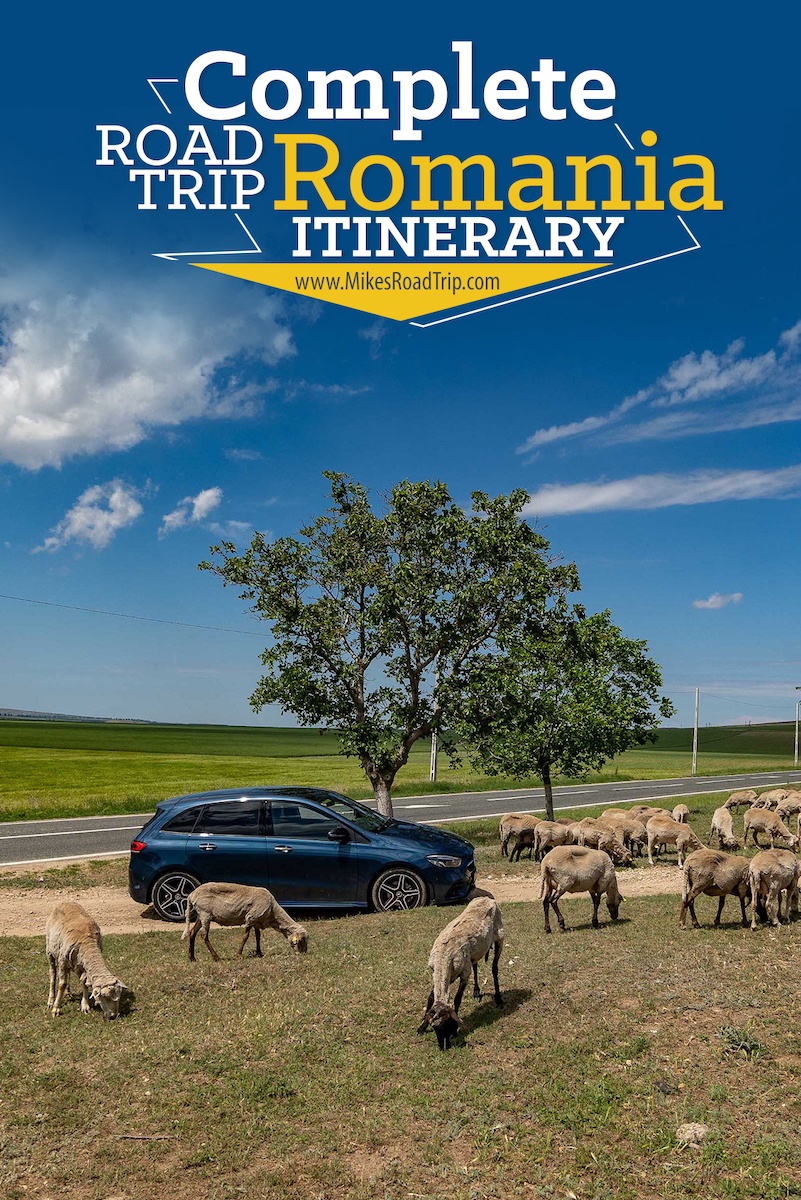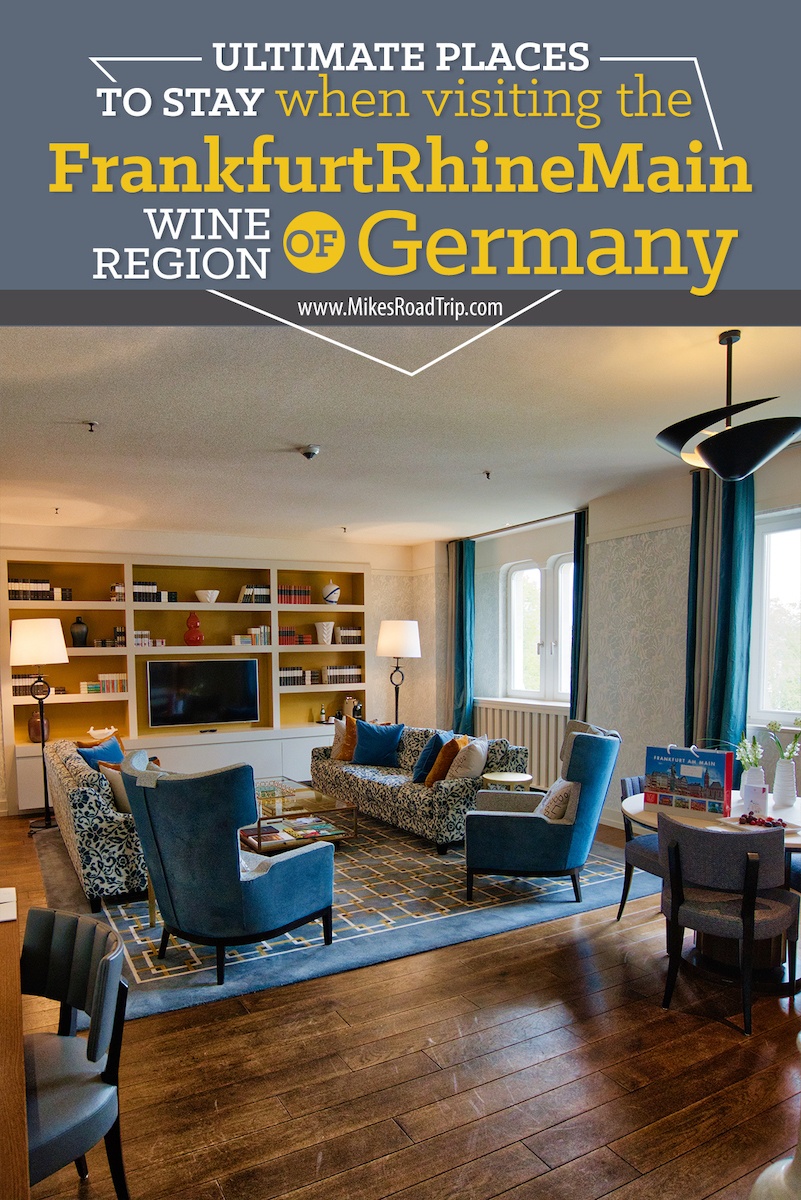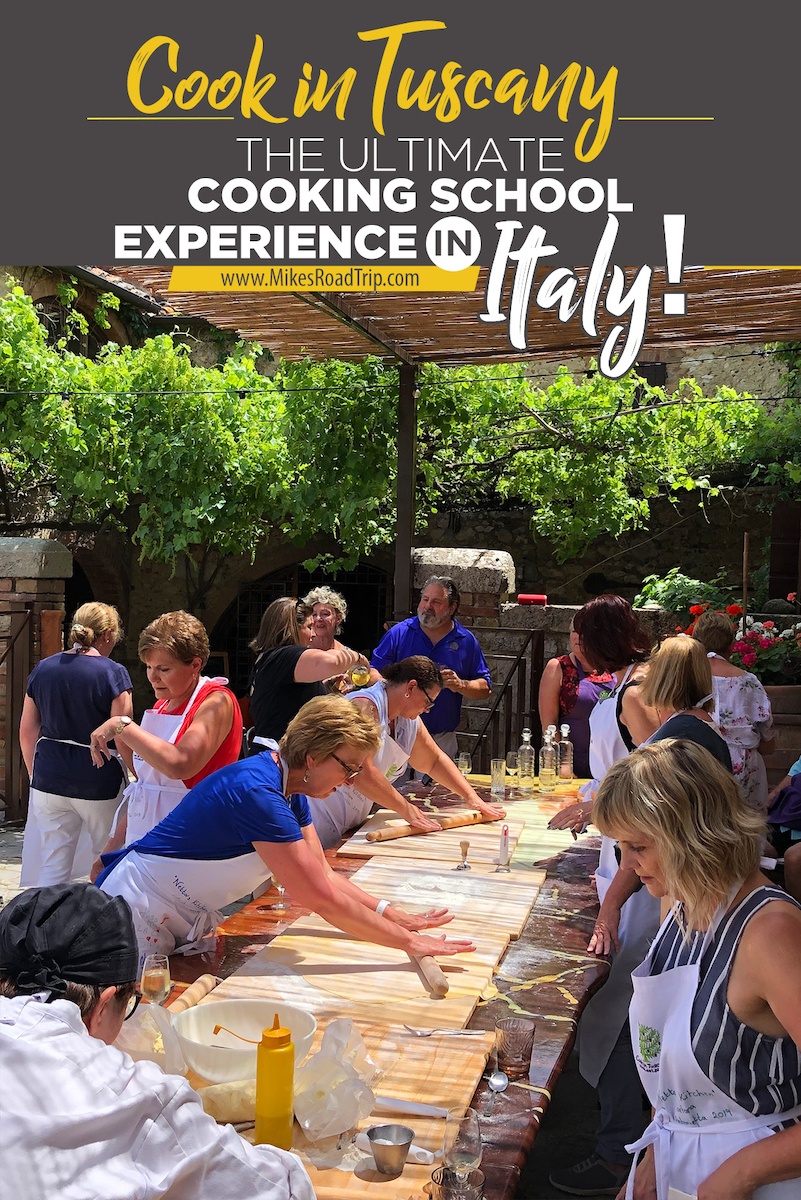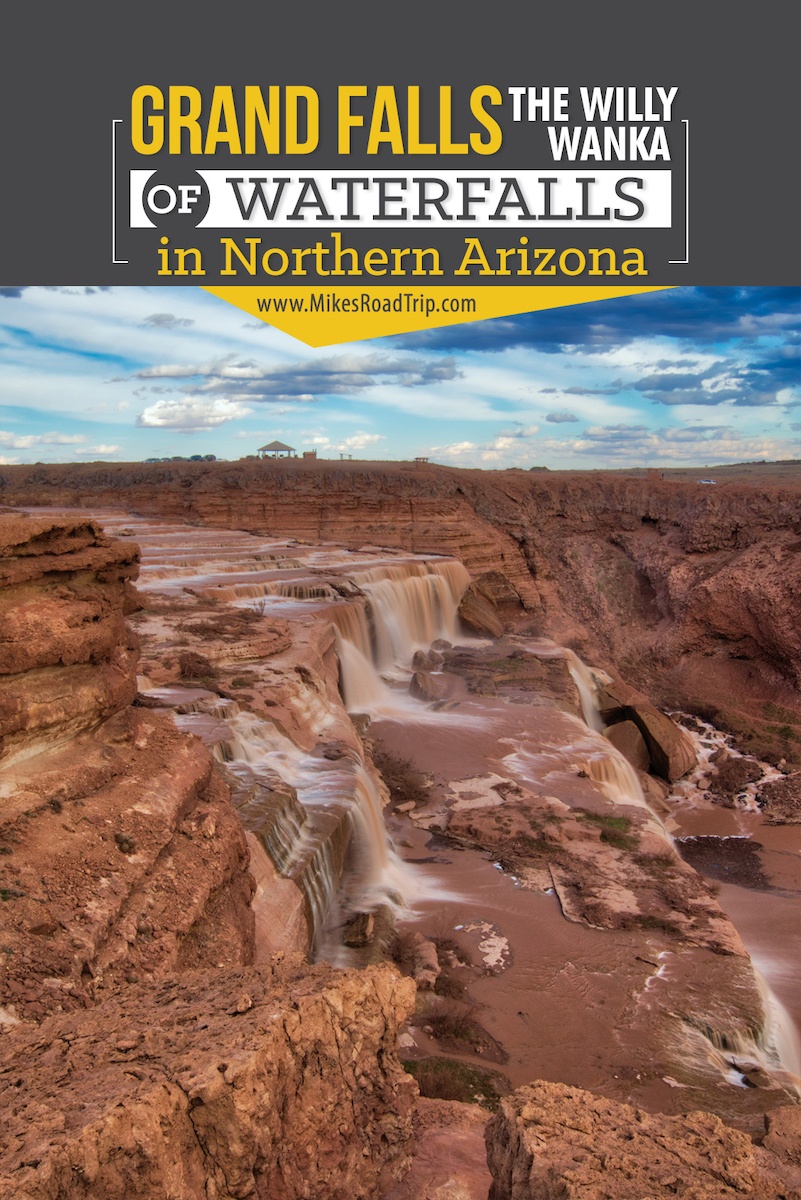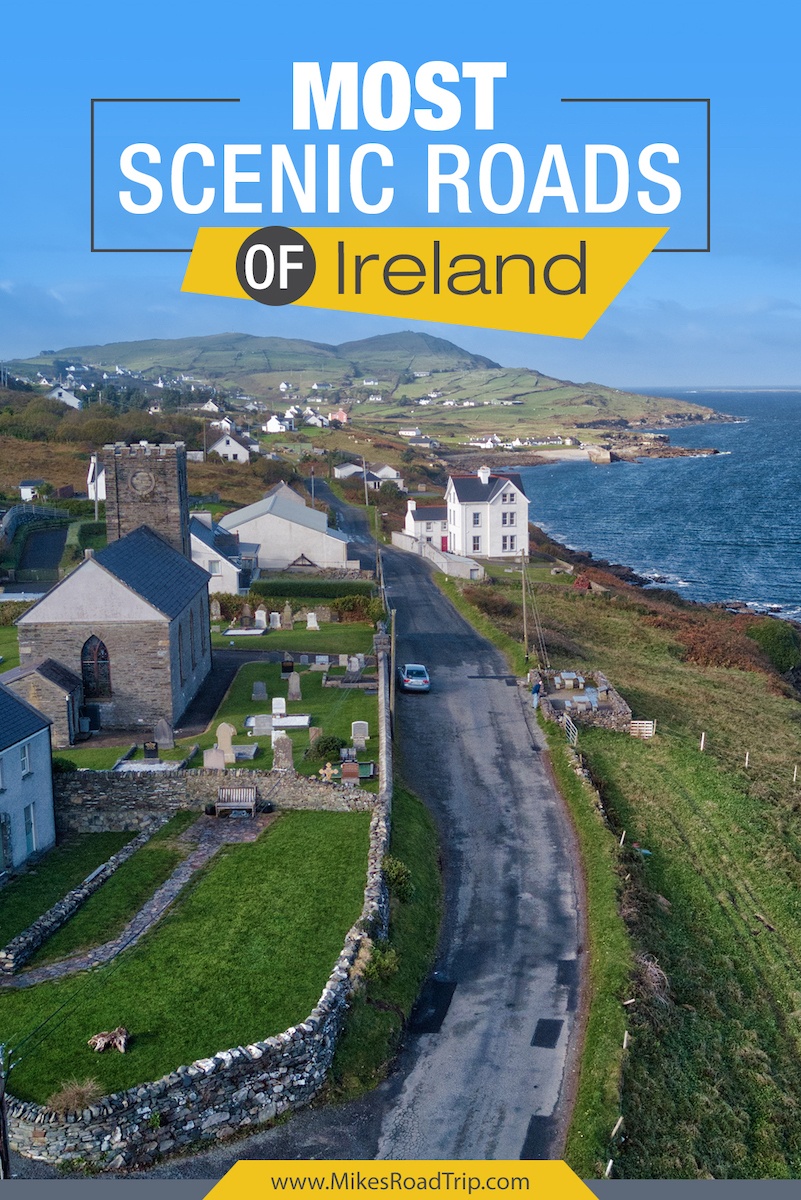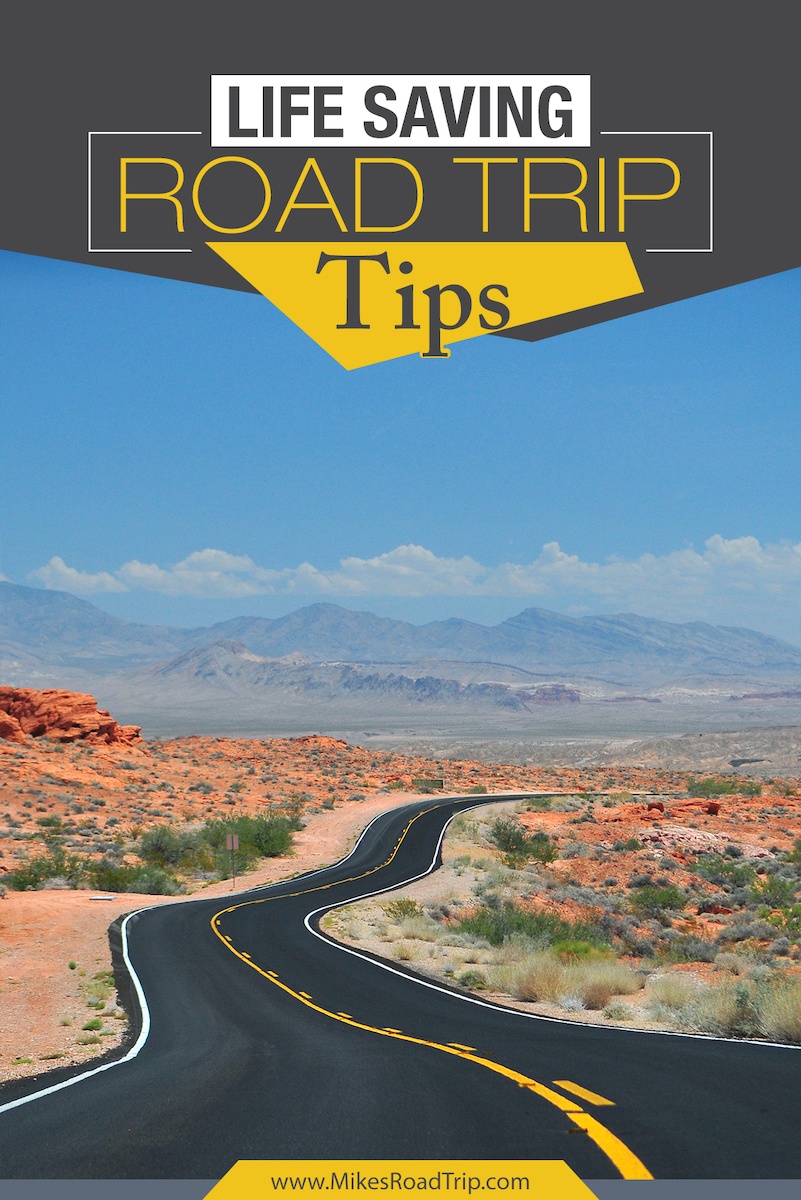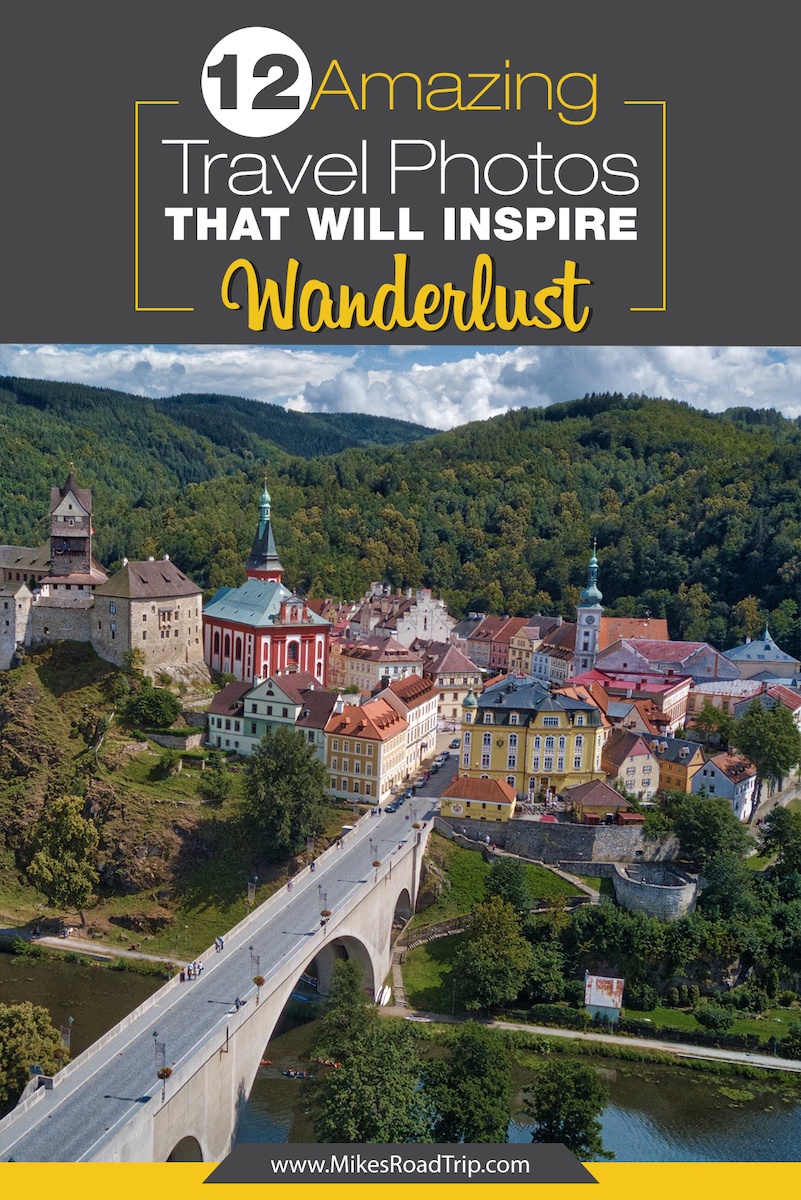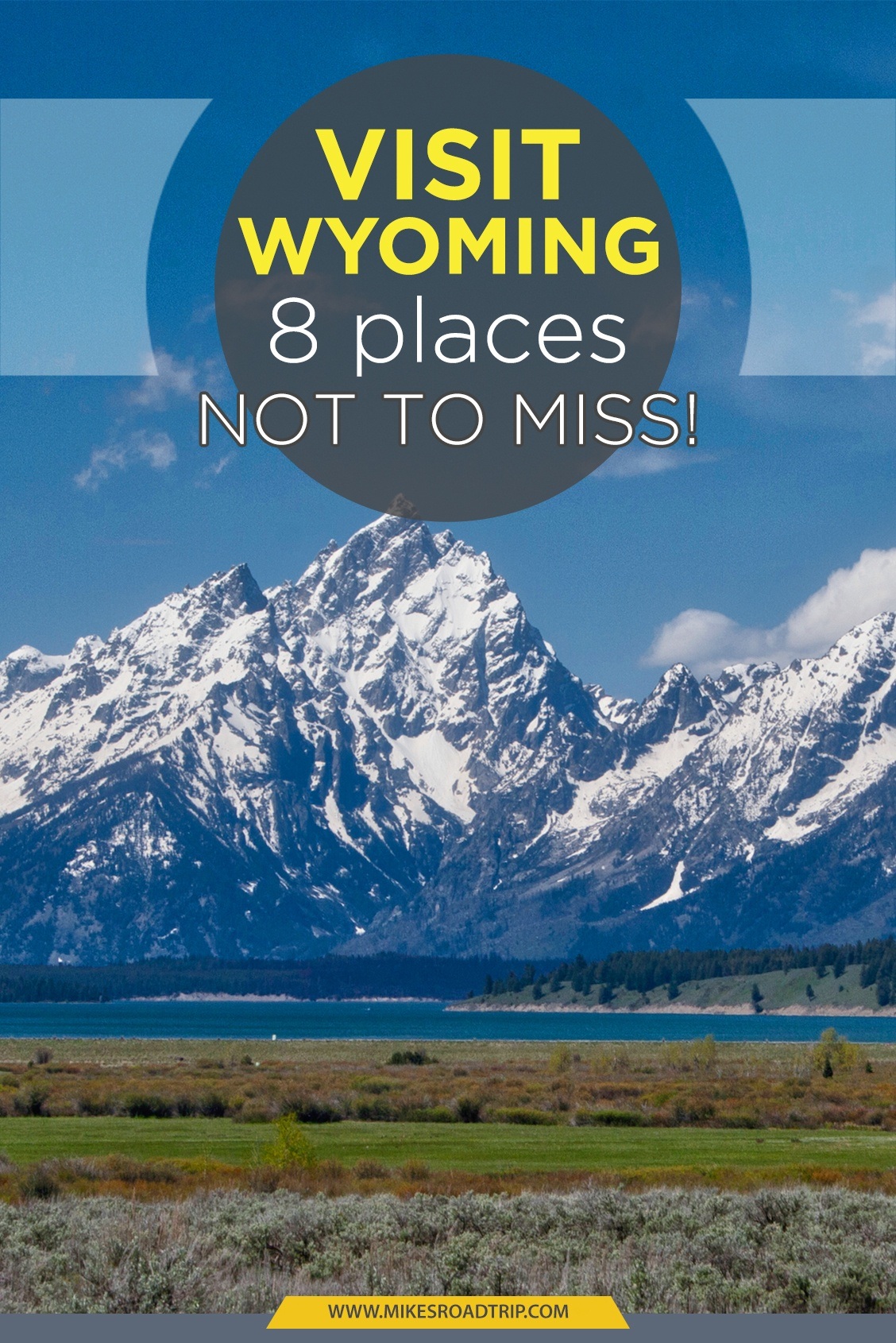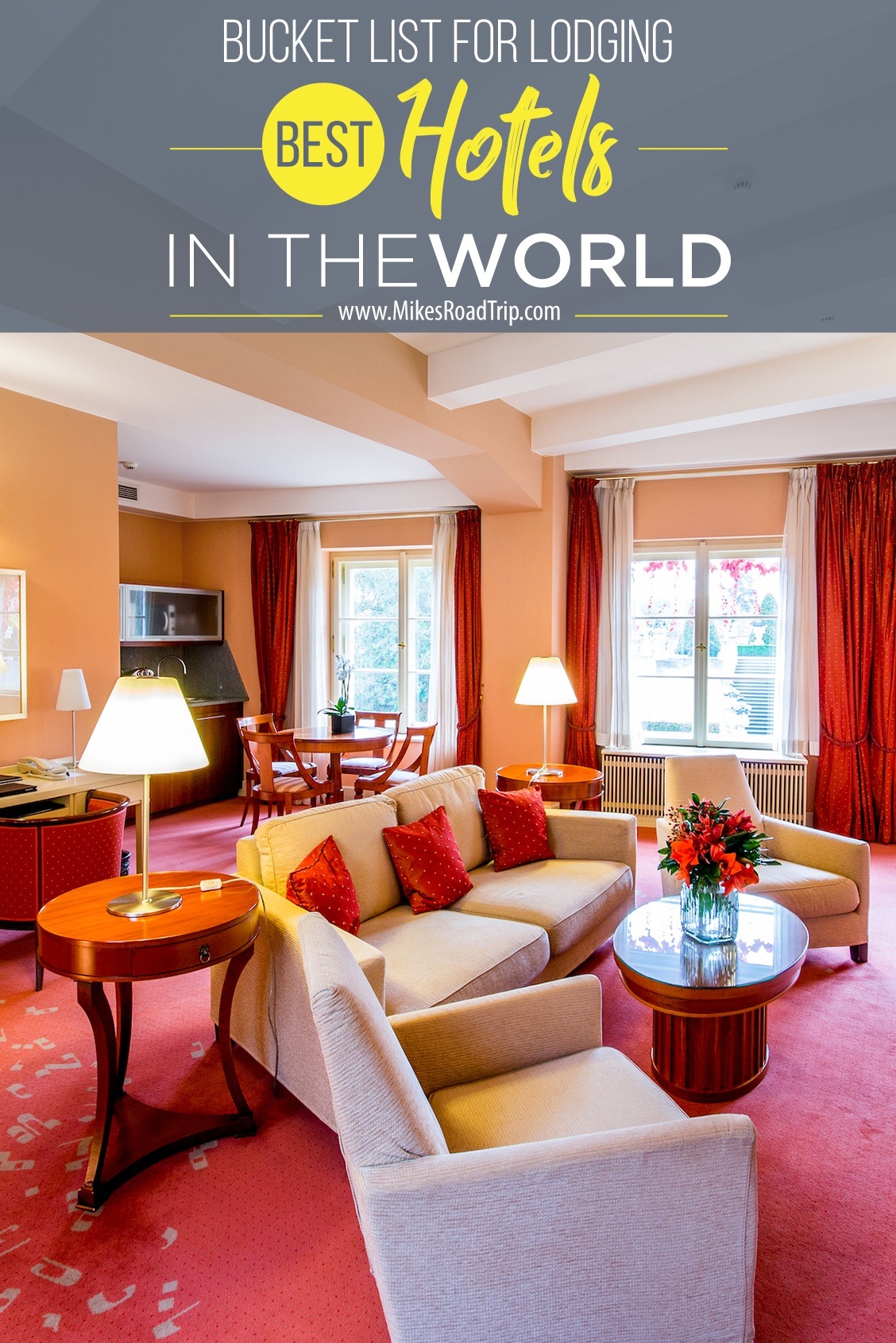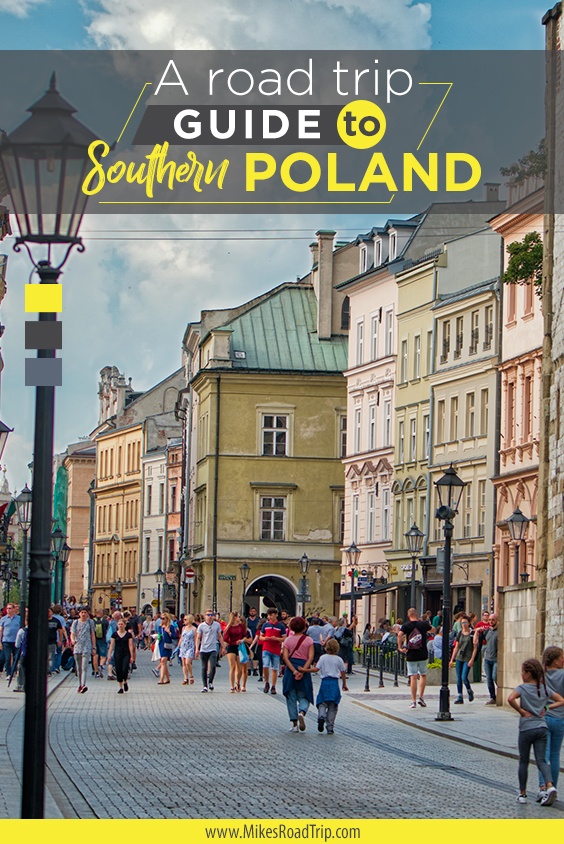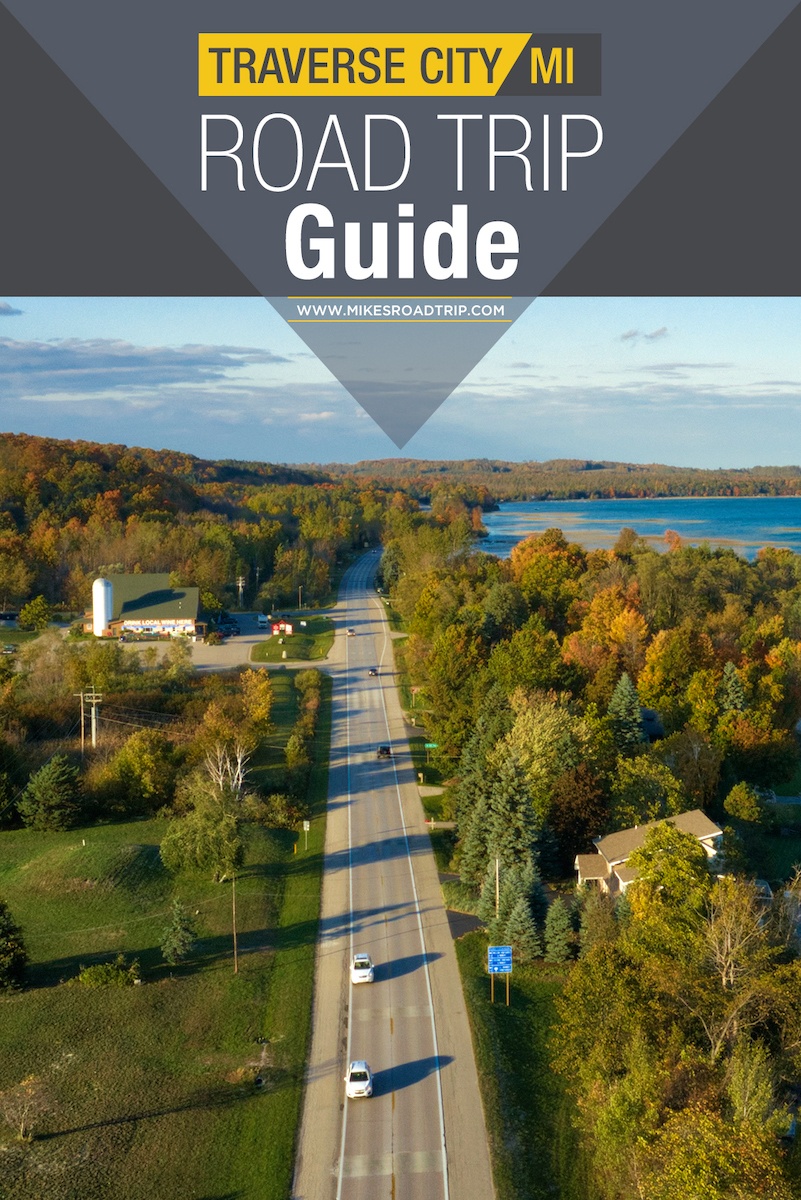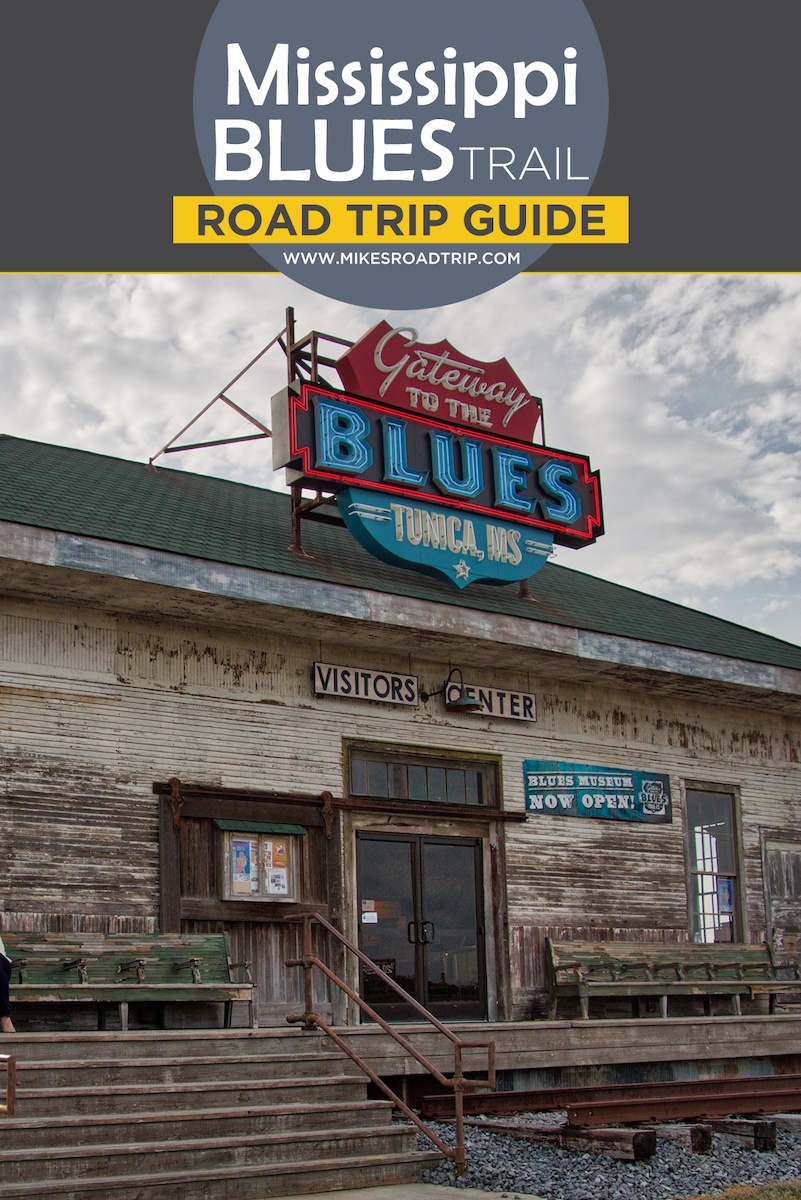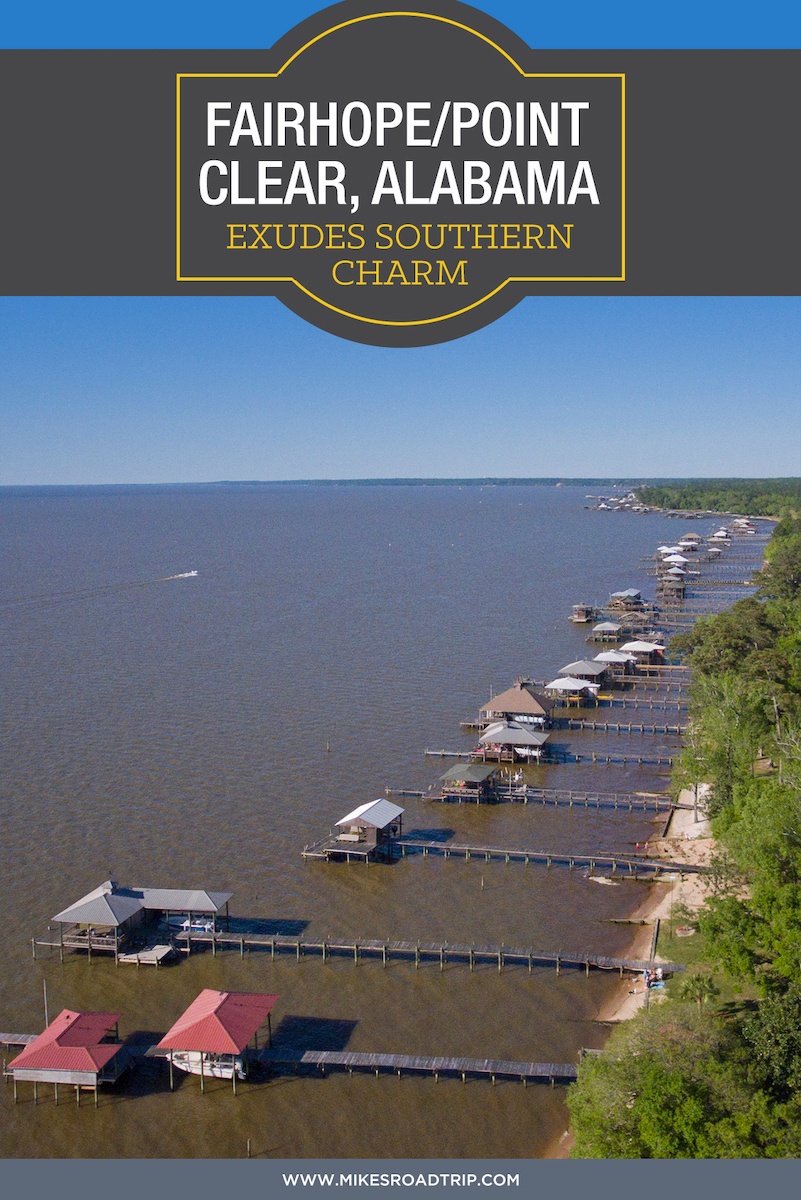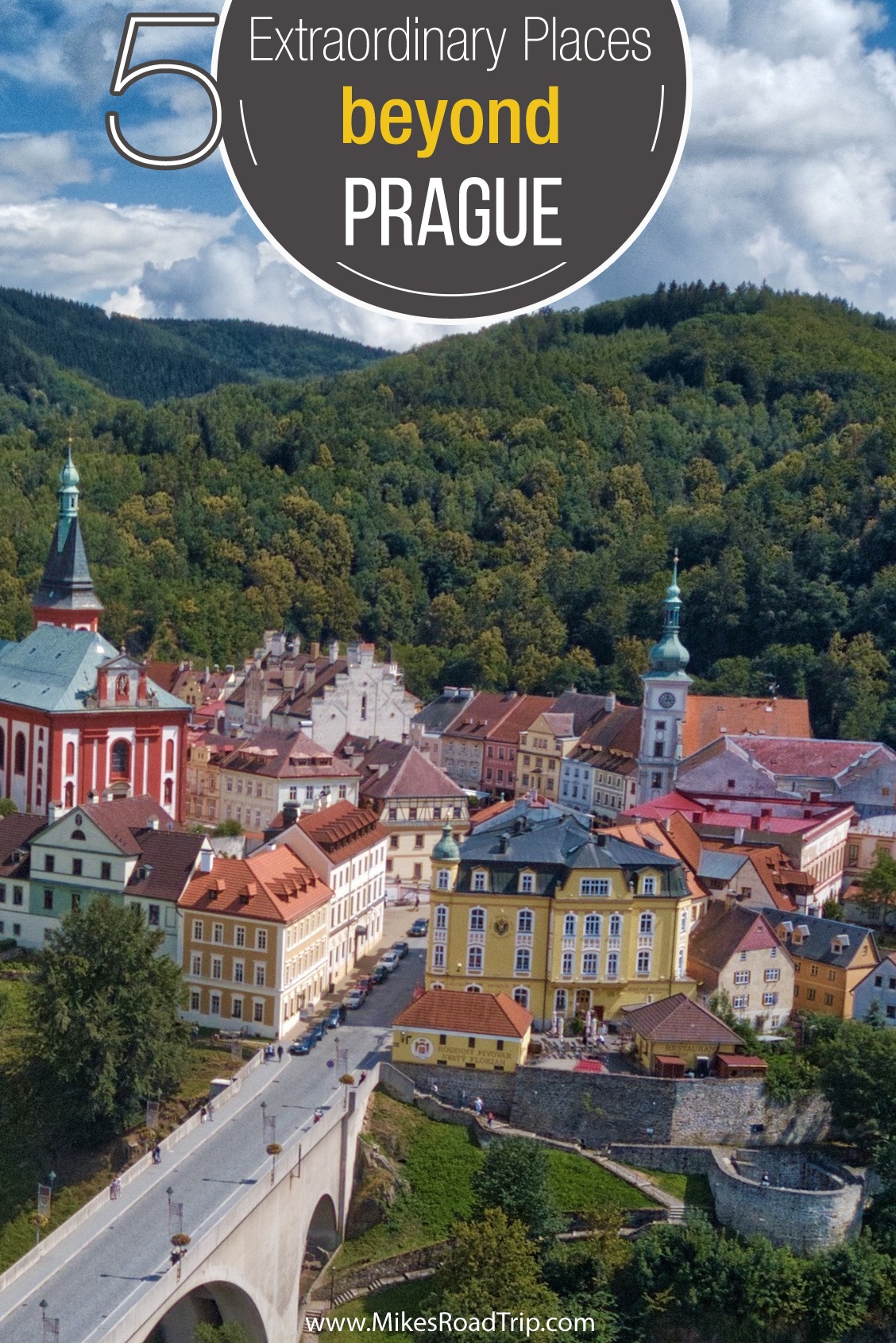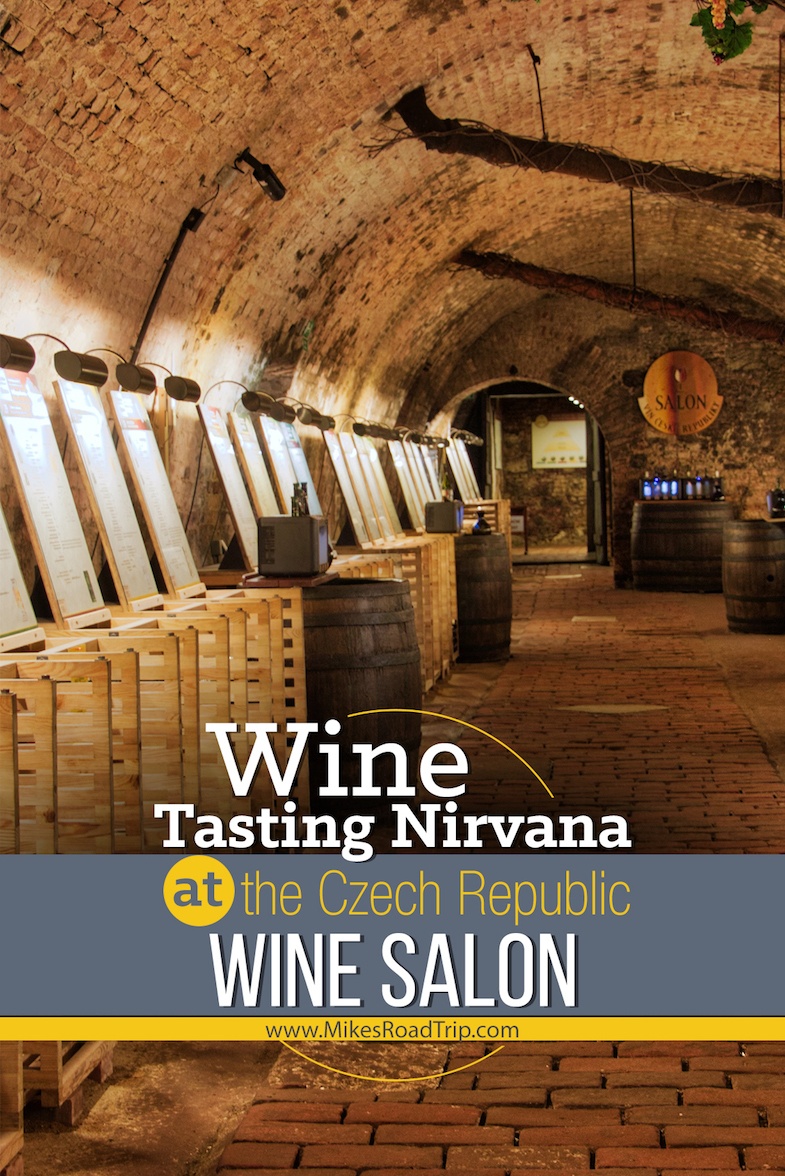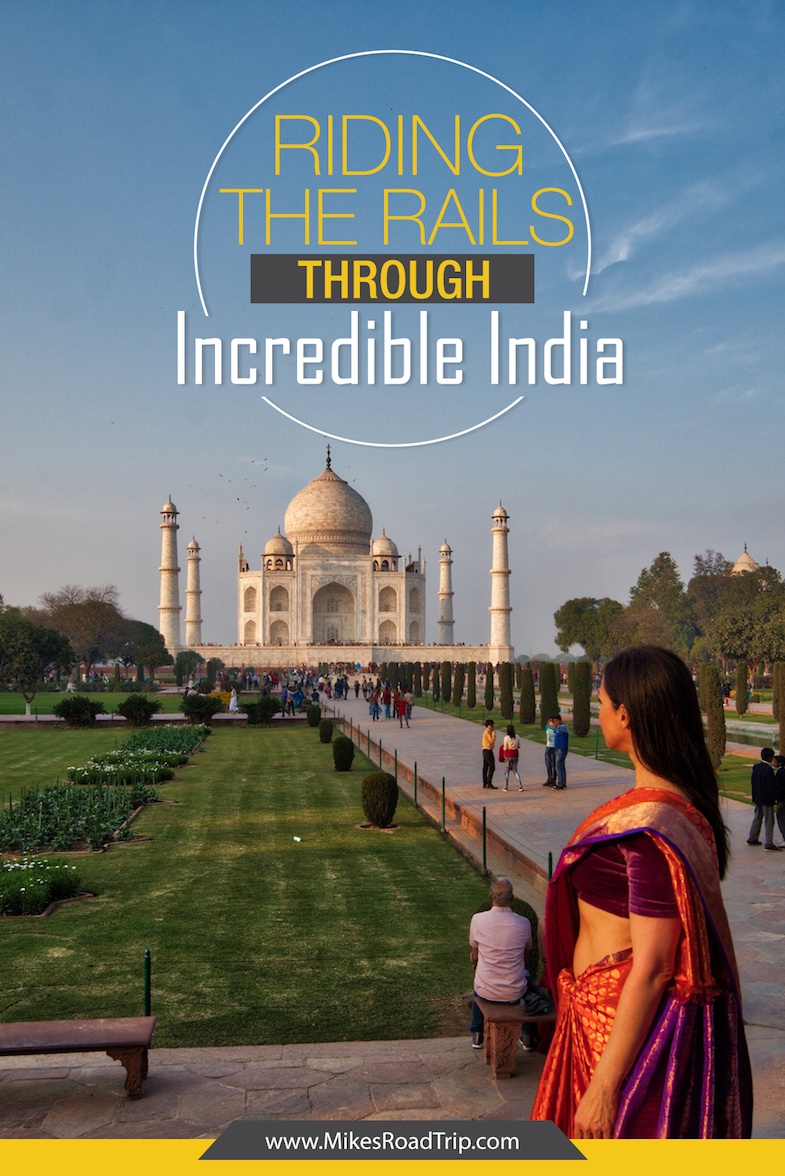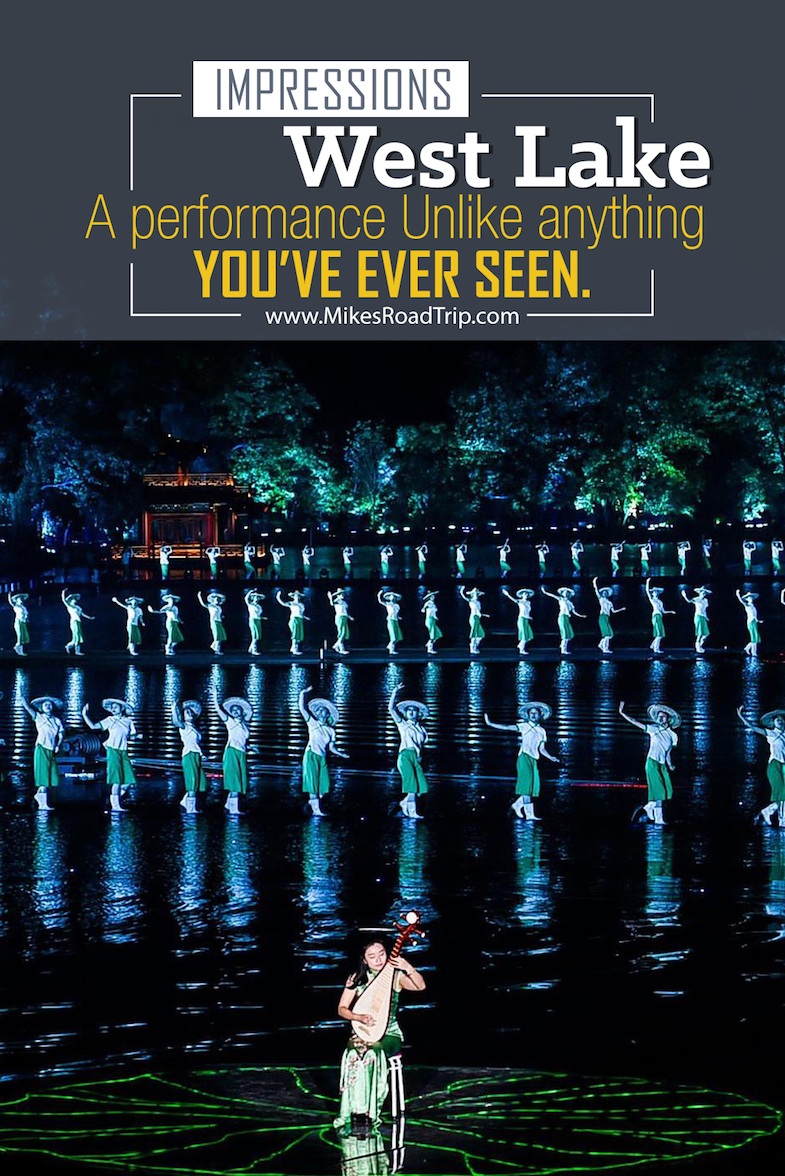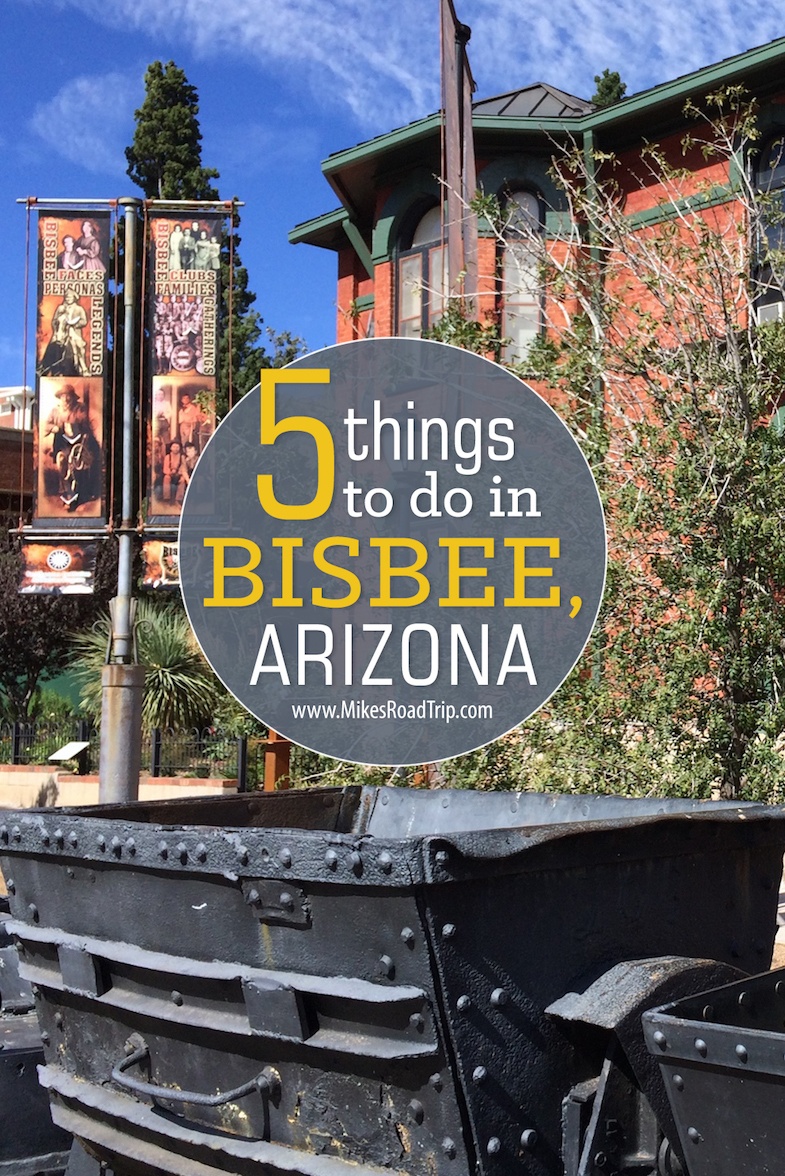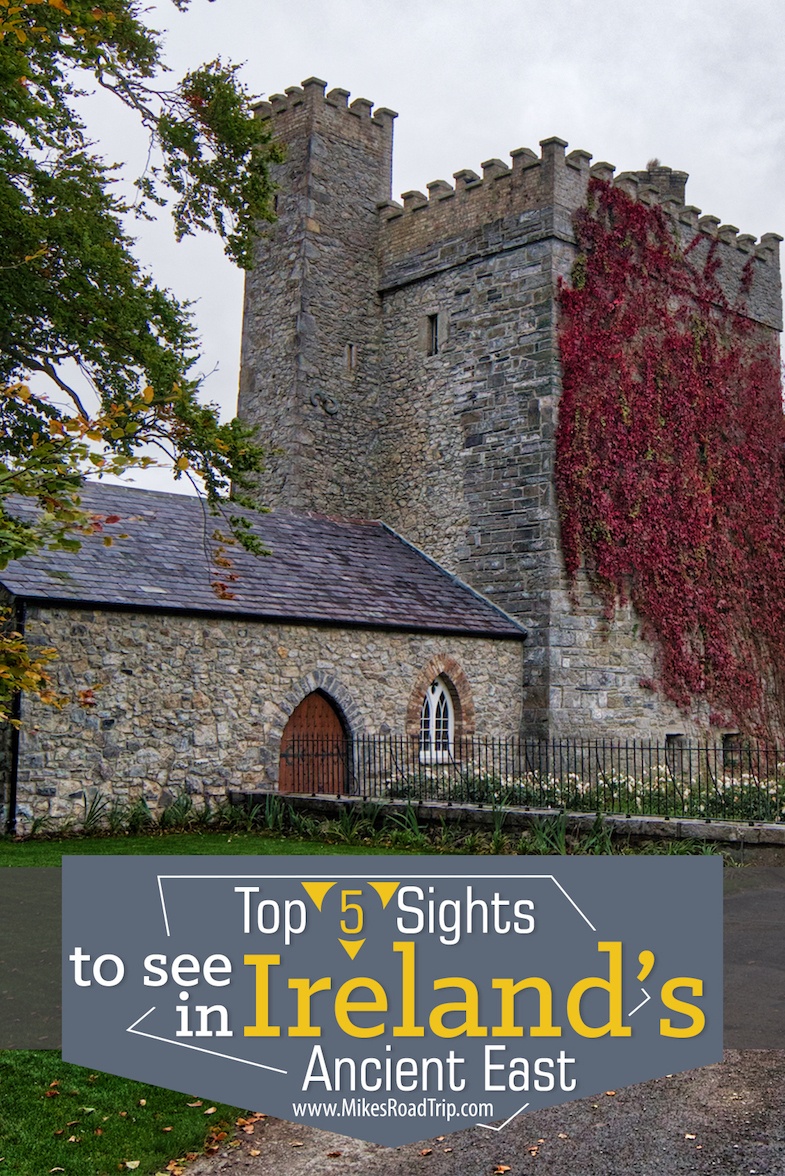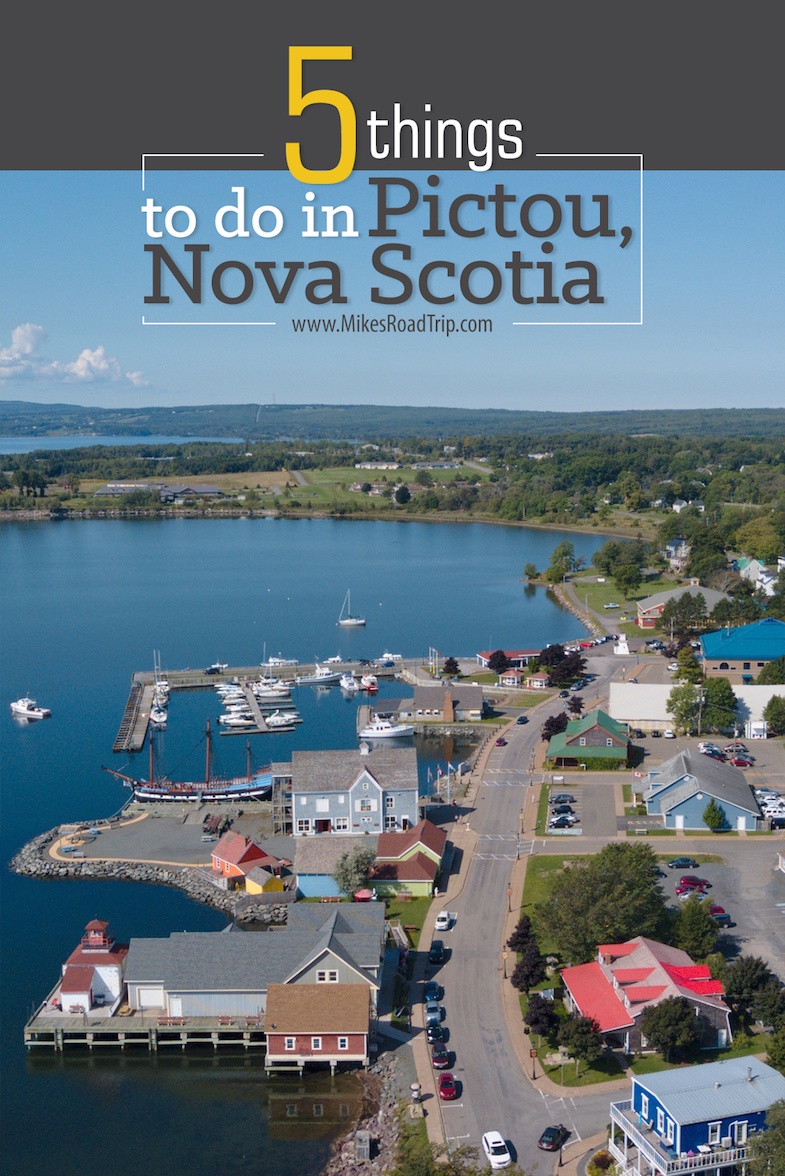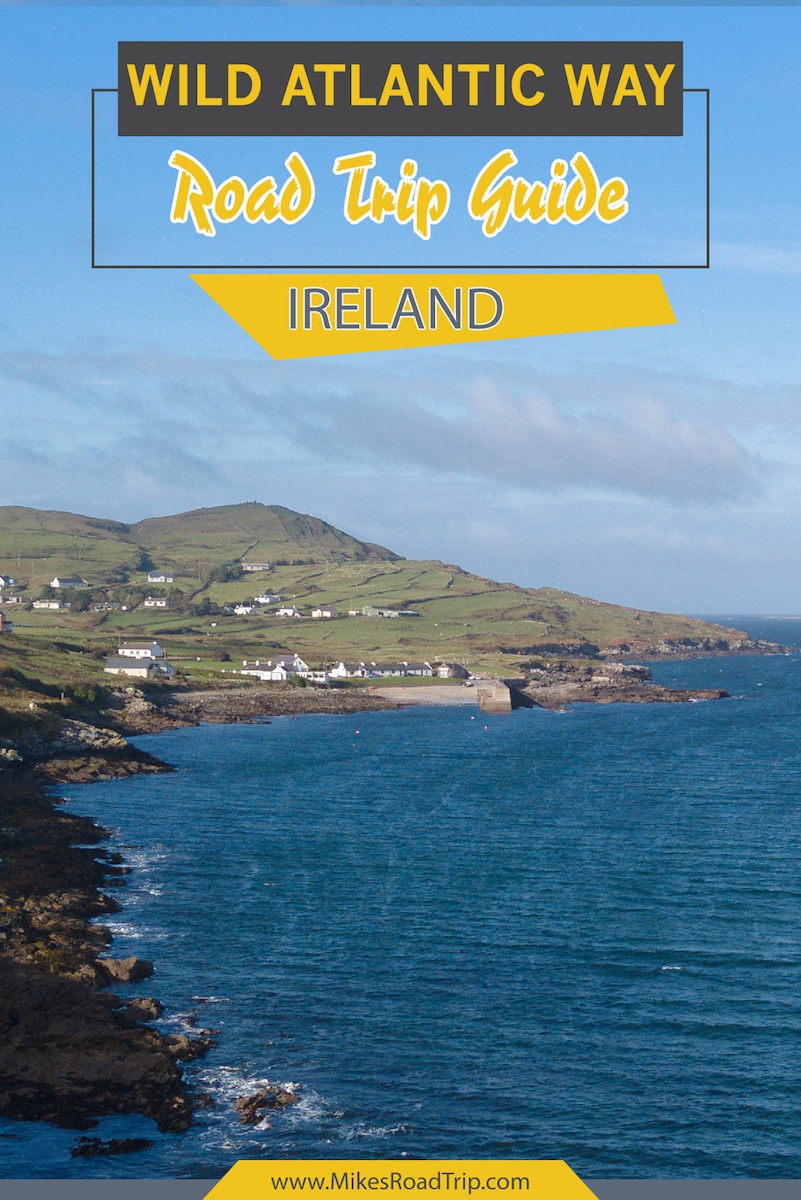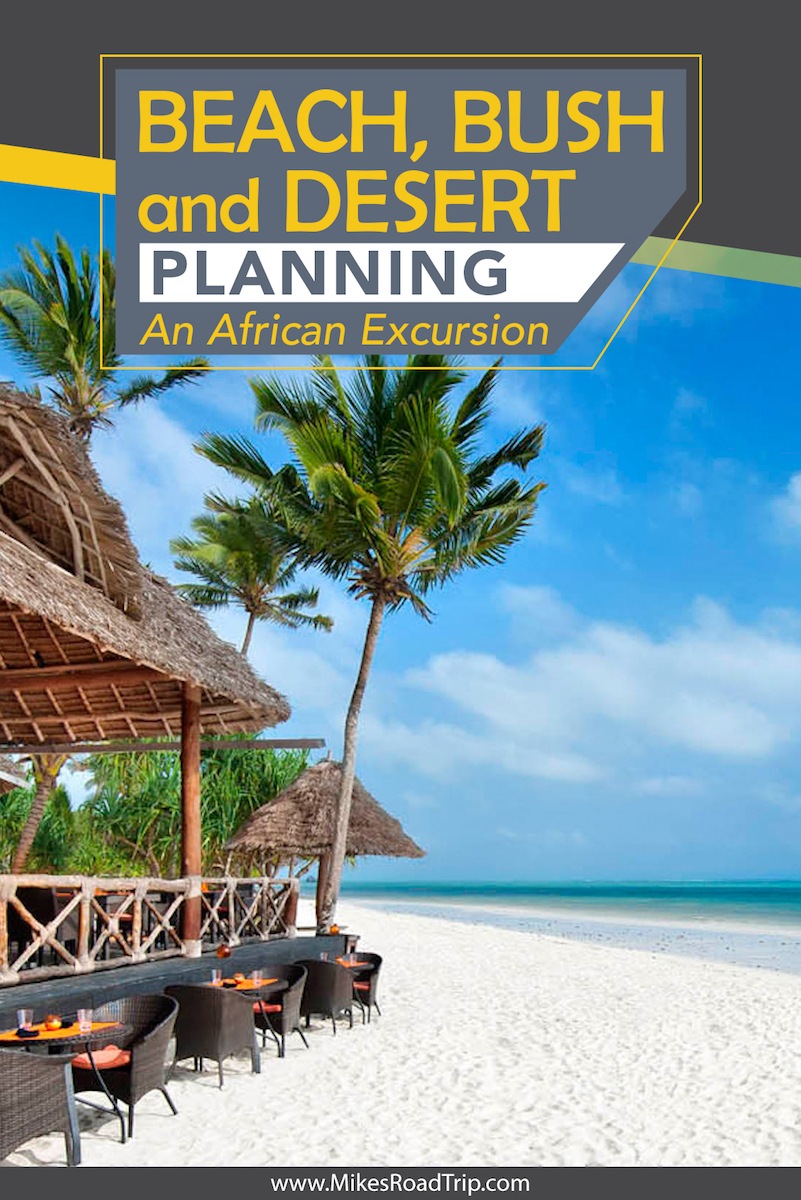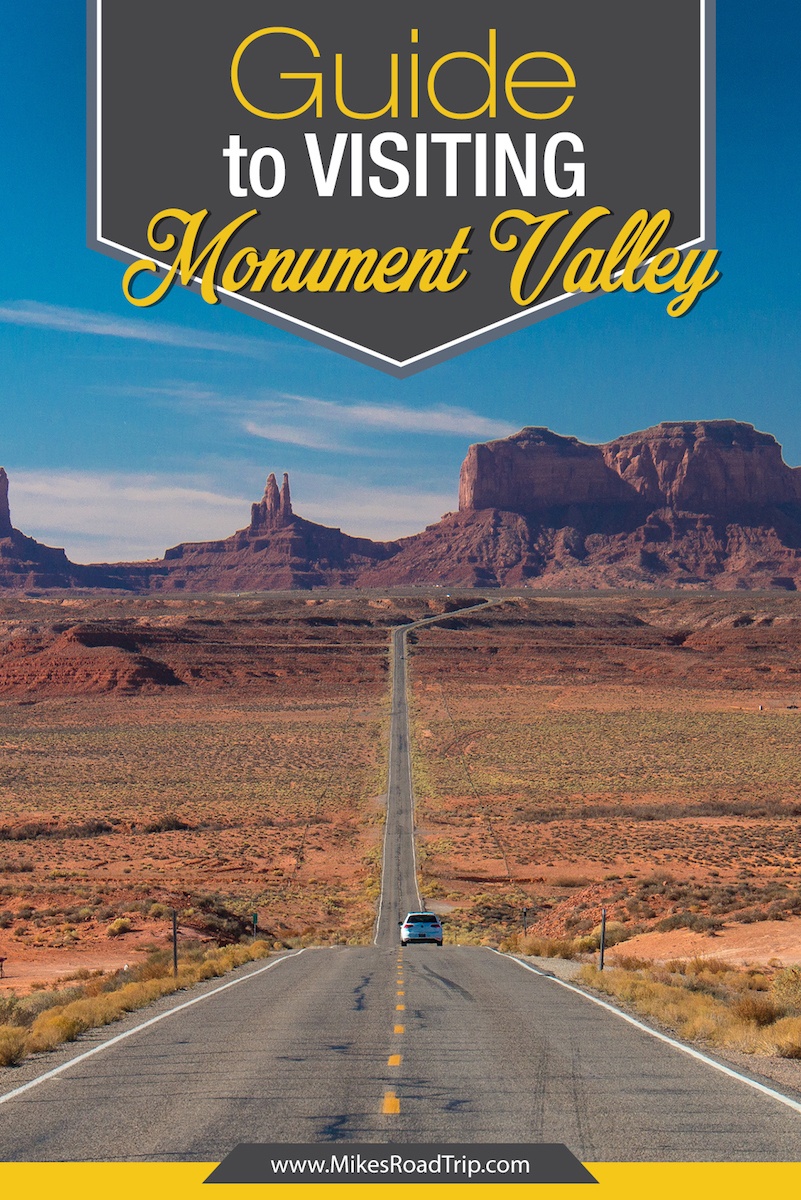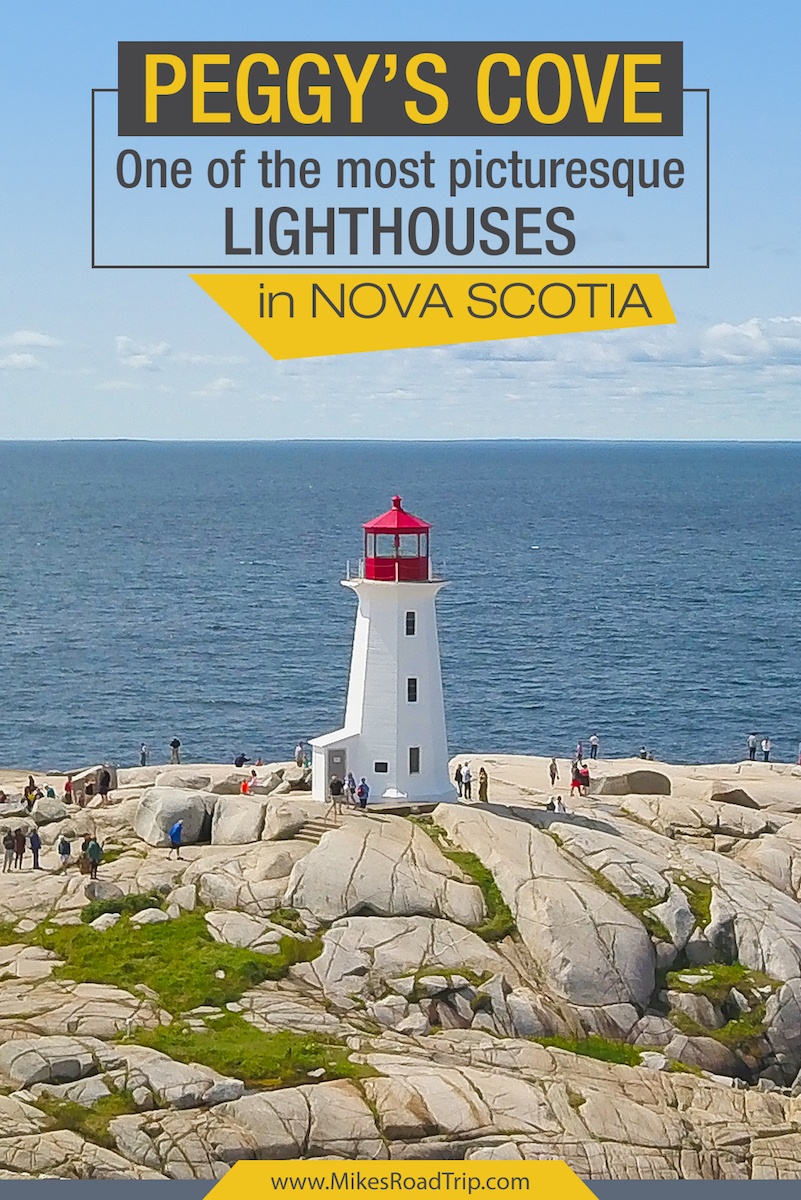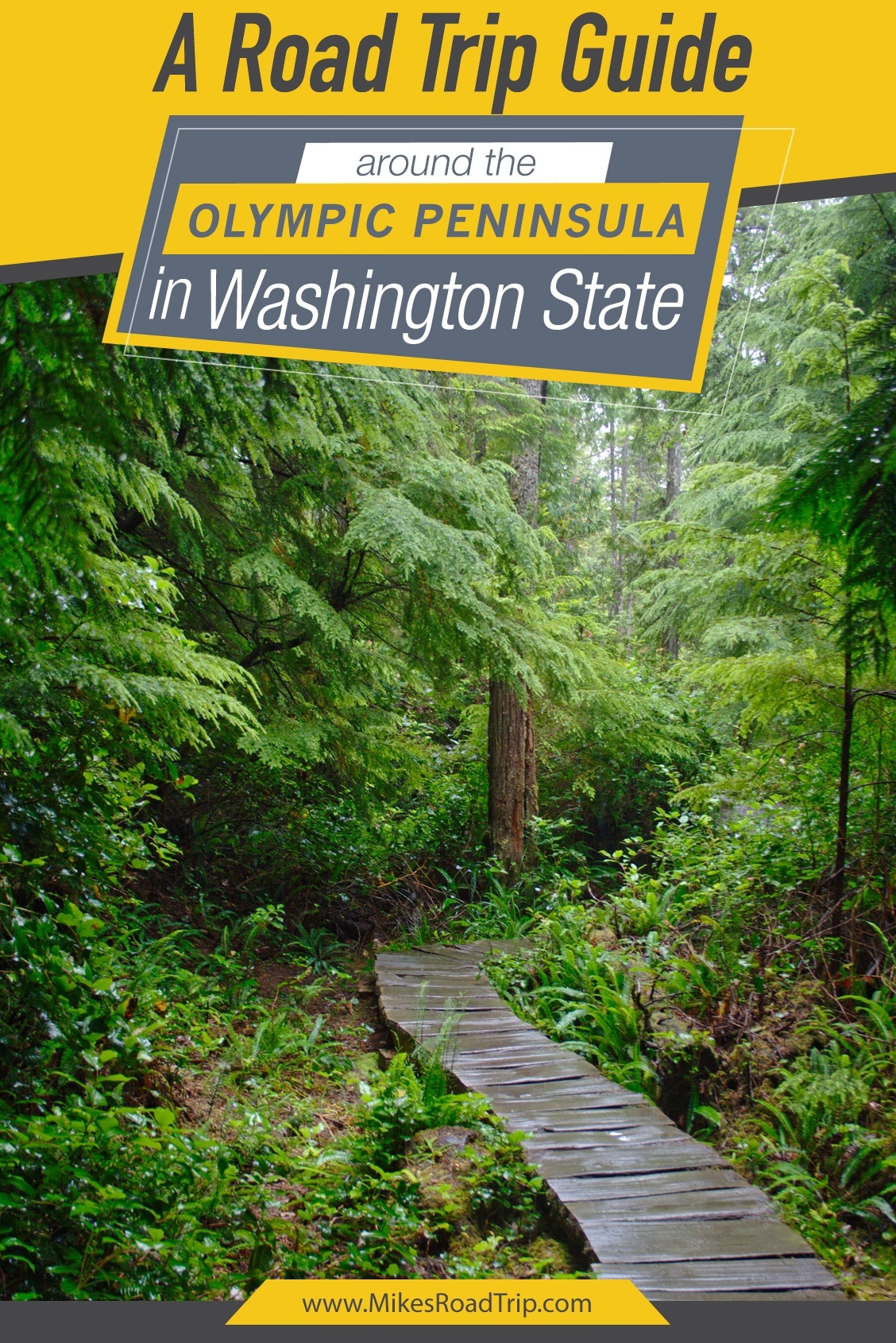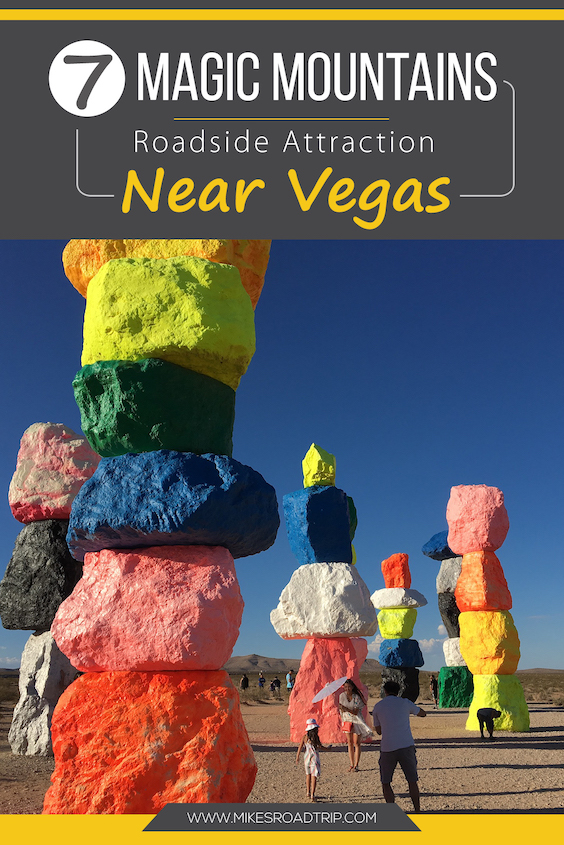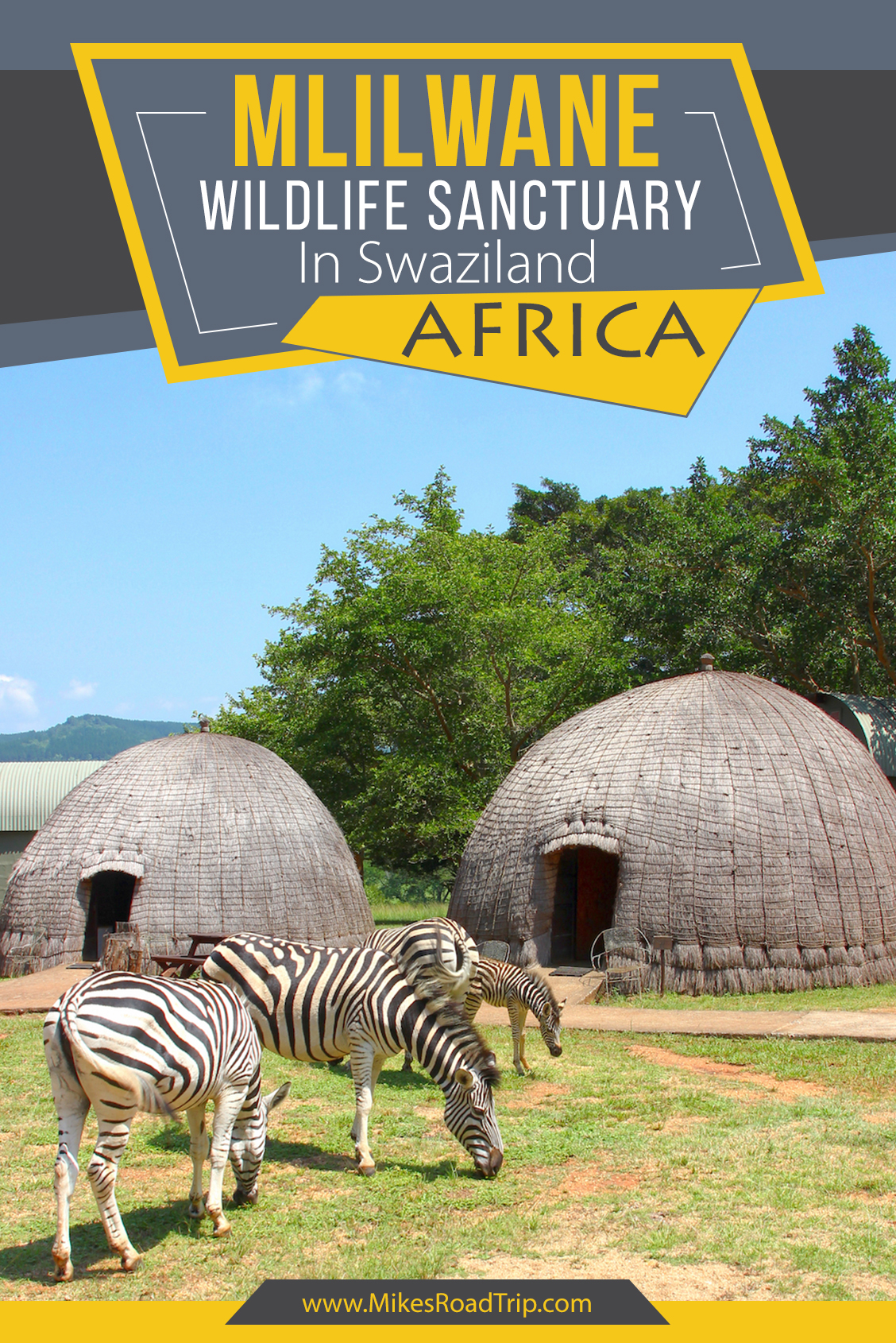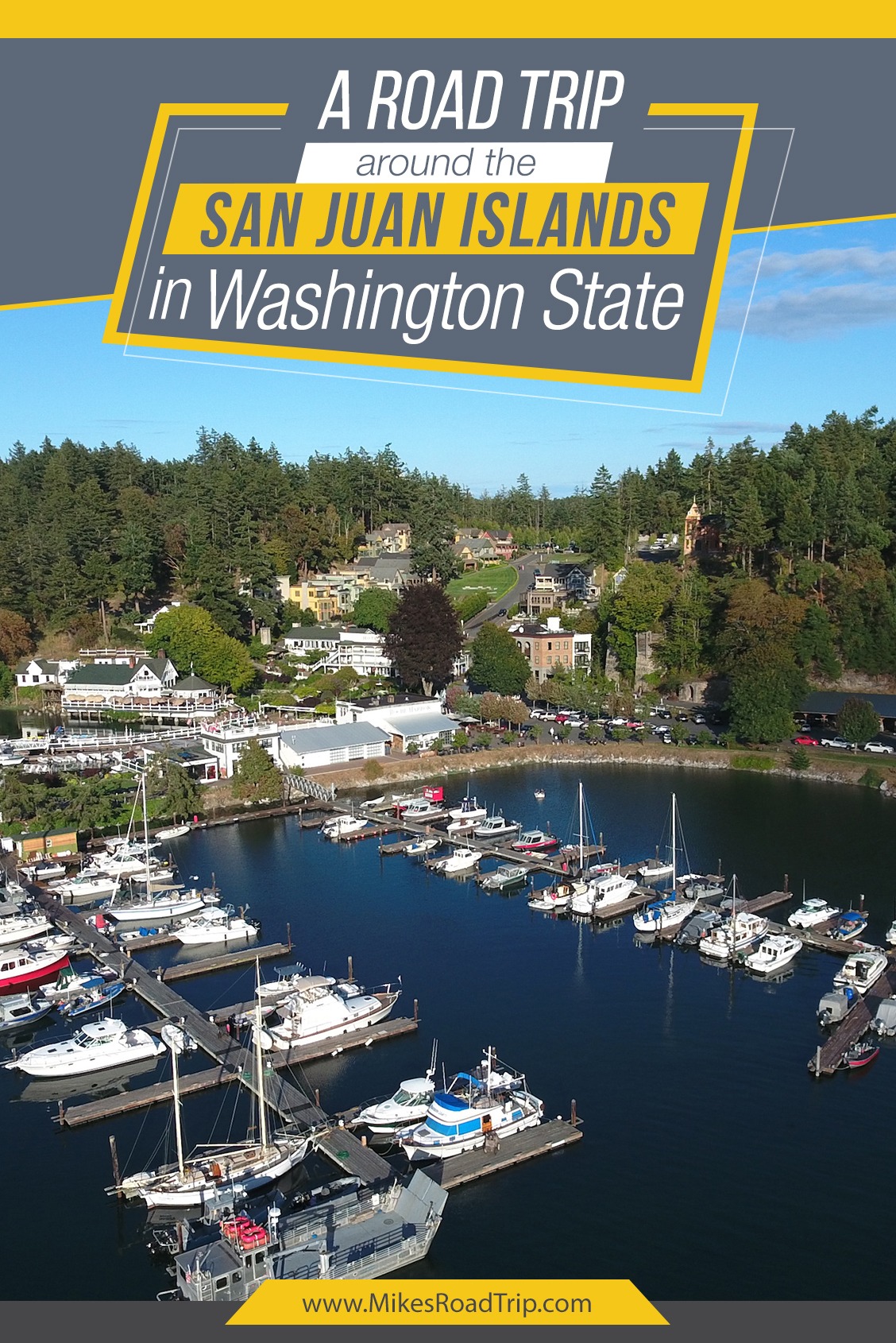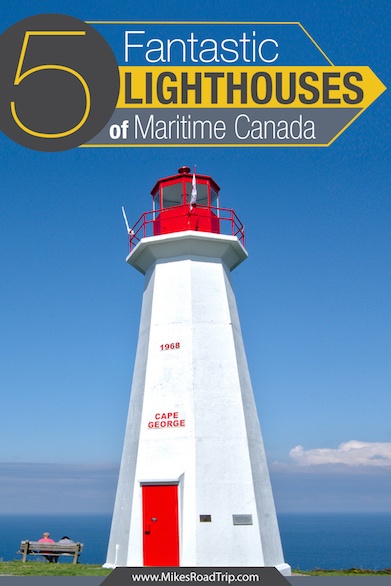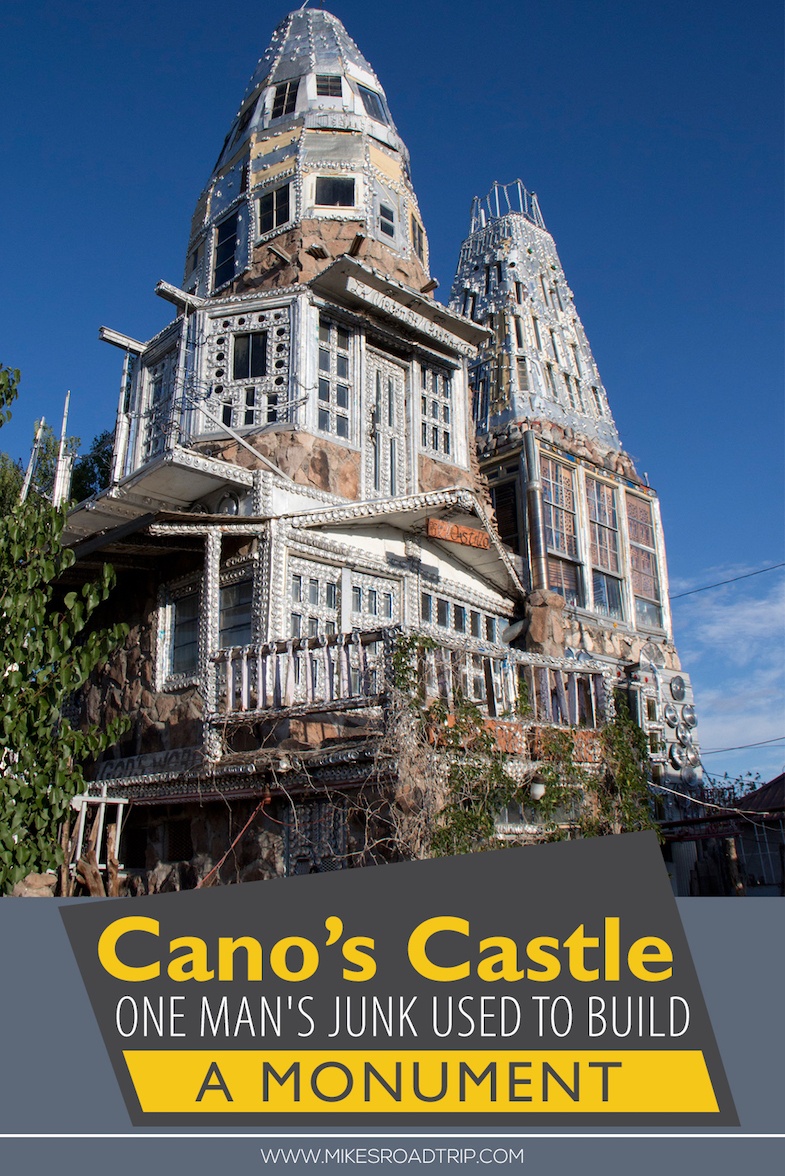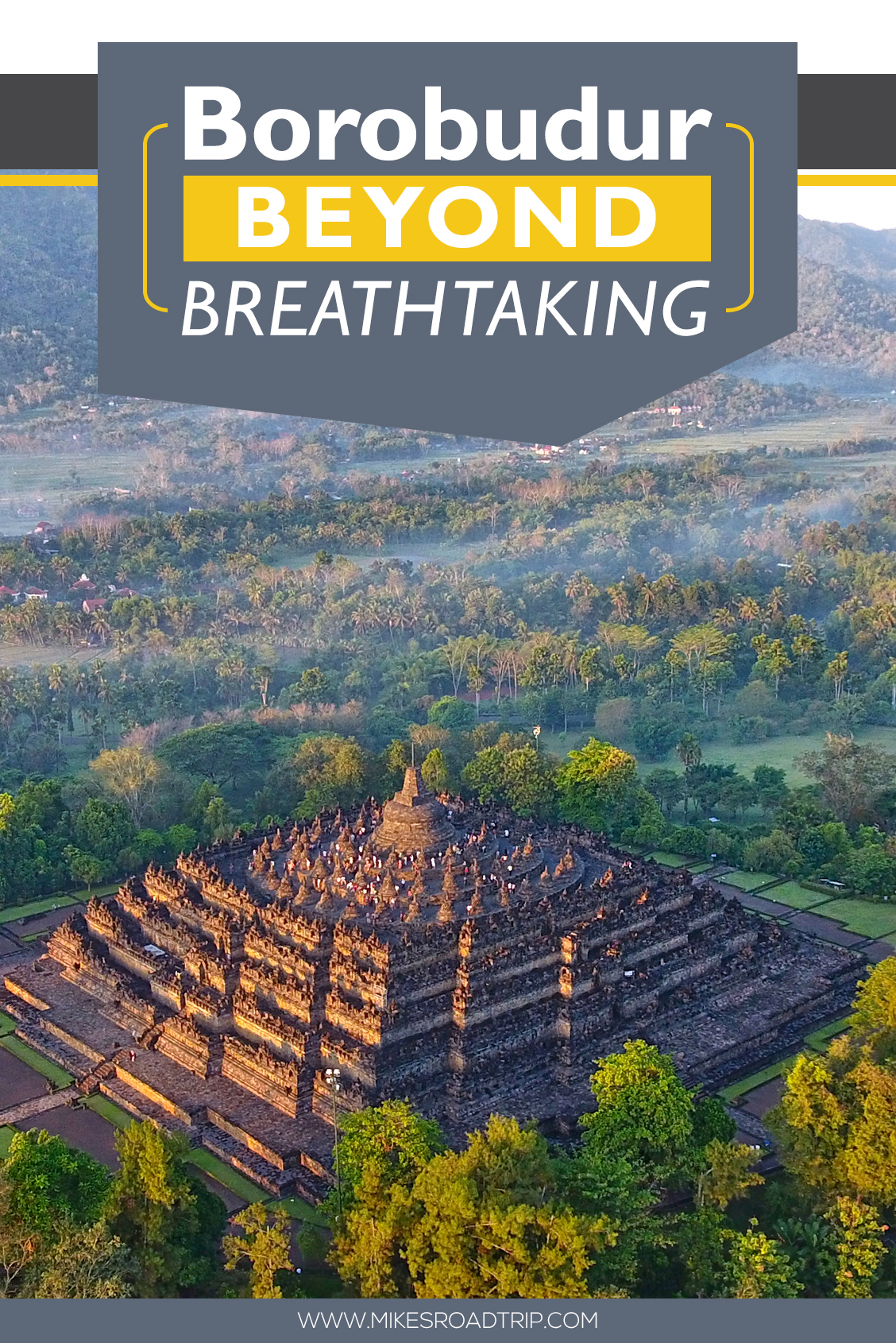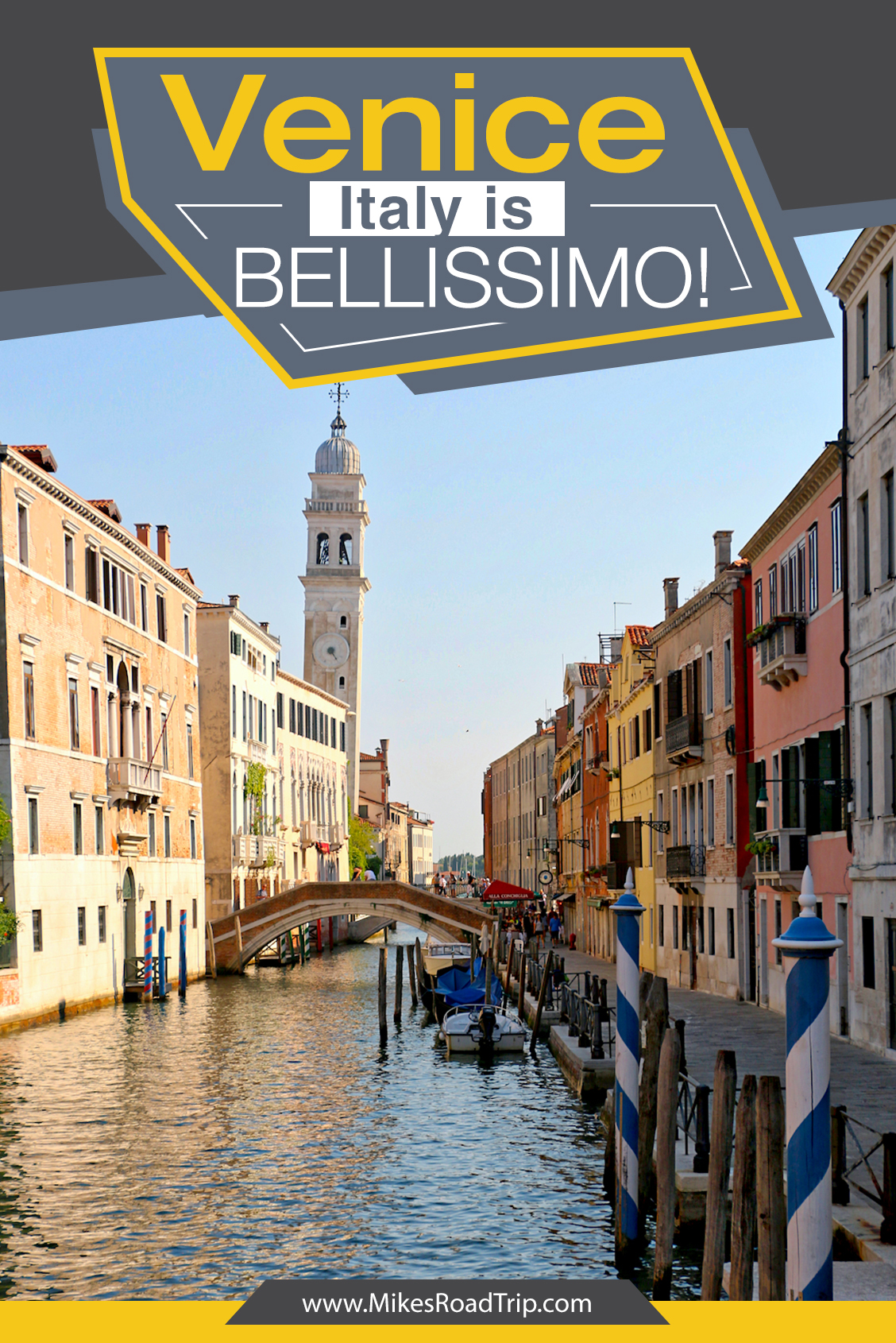A guide for visitors: Discovering the majesty of the Palace of Versailles
One of the most well-preserved and famous symbols of French grandeur is the Palace of Versailles, which is one of the most renowned royal estates in the world. The palace is located around 20 kilometers southwest of Paris, making it a well-visited place for visitors from all around the world. The palace is a UNESCO World Heritage site, and every year millions of tourists buy their tickets to Versailles and visits the palace, especially due to the opulent architecture, historical significance, and the breathtaking gardens behind the palace. Visiting the palace also means indulging in a brief glimpse of the lavish lifestyle of French royalty, especially during the reign of Louis XIV, who transformed the palace into an epicenter of political power in France.
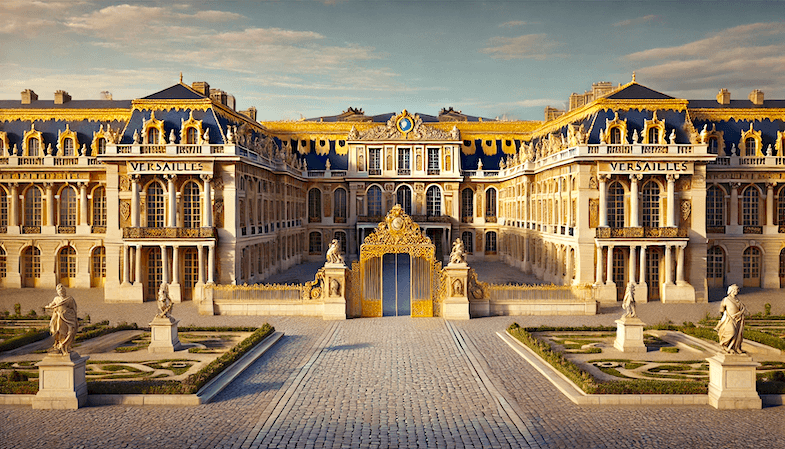
The history of the Palace of Versailles
The early days of the palace was as a modest hunting lodge built in 1624 by Louis XIII. Afterwards, his son, Louis XIV or the ‘Sun King’, transformed the lodge into a grand palace. Expanding the lodge was a part of a greater plan of the king to centralize the French monarchy to display the absolute power of his reign. From 1682 and until the French Revolution in 1789, Versailles was the political and administrative heart of the French kingdom.
The palace is best known for its stunning Hall of Mirrors, which is a room lined with 357 mirrors which reflects the light from the large windows that overlooks the gardens. Furthermore, this room was where the Treaty of Versailles was signed in 1919 which ended World War I. But there is much more to be explores in the palace. There is the King’s and Queen’s apartments, the Royal Chapel, and the extensive gardens, which was designed by the landscape architect André Le Nôtre. Beyond the walls of the palace, the estate also includes the Trianon palaces and Queen’s Hamlet, which was a rustic retreat created for Marie Antoinette.
How to get tickets and avoid the long lines at the Palace of Versailles
It is always a good idea to be proactive when planning to visit the Palace of Versailles as planning ahead can save you time from the long lines, especially during the high season between April and October. On peak days, you can expect waiting time to be up to an hour or more, which is one reason why it is recommended to purchase tickets in advance. One tip is to buy a skip-the-line ticket, which is the best way to avoid queues. Buying from HelloTickets means that you got your tickets from an authorized vendor, which allows you to bypass the tickets counters.
Another tip is to arrive either early or late on the day of the visit. The palace is open from 9 AM, but the gardens are already accessible from 8 AM. If you go early, you can see the gardens in peace before the palace opens. Alternatively, you can arrive just a few hours before the palace closes to avoid the midday crowds. The best days to visit the palace are Wednesdays or Thursdays, since there tend to be less crowds compared to weekends. Furthermore, you can plan to visit during the low season, which is between November and March. Lastly, you should be aware that Versailles has two main entrances: Entrance A is for people with tickets and Entrance B for people who need to buy a ticket. This is why it is best to purchase your tickets beforehand: Otherwise, you will end up in two queues at Entrance B; first to buy the ticket, and for security.
Exploring Versailles and the Surrounding area
When you visit Versailles, it should only be about the palace itself. The estate offers many activities and attractions which you should not miss out on.
The gardens and fountains
The gardens of Versailles are just as famous as the palace. They span over 800 hectares, and it is built up around intricate geometrical patterns. The gardens also contain many beautiful fountains and sculptures. During Summer, you can enjoy the Musical Fountain Shows, where some of the fountains ‘dance’ to classical music.
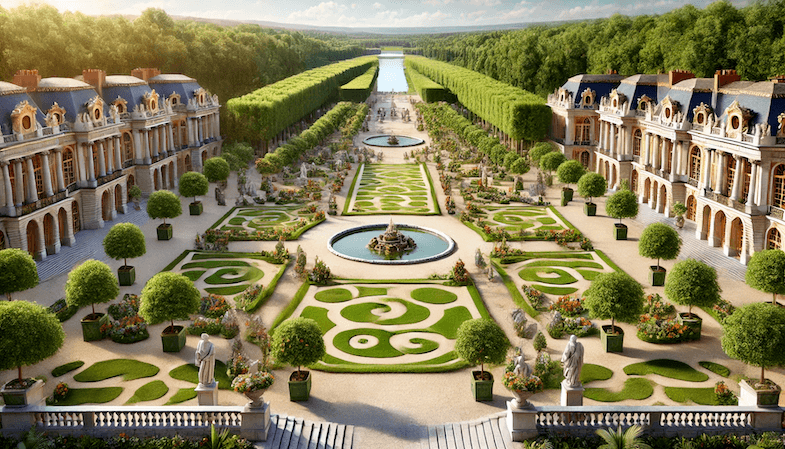
The Grand and Petit Trianon
In the park itself, you can find the Grand Trianon and Petit Trianon, which are two smaller palaces. These were used by the French royalty for more intimate gatherings. Is you need a quiet alternative to the grand palace, then these structures is perfect, with the Petit Trianon being favored by Queen Marie Antoinette.
The Queen’s Hamlet
The rustic retreat of Marie Antoinette is a charming escape from the grandiosity of Versailles. The hamlet was built to resemble a pastoral village, to give the queen a taste of simple country life away from all the formalities of the court.
Beyond Versailles: Exploring the town
There is no doubt that the Palace of Versailles is the main attraction. However, the town of Versailles itself is a nice additional experience to add to your visit. Just outside the palace gates, you can find the Coach Gallery, which showcases a collection of royal carriages. In town, you will also find several markets, which gives you the perfect opportunity to sample local cheeses, breads, and wines, giving you a taste of an authentic French experience.
If you are staying for a longer stay, the surrounding Île-de-France region offers more historical landmarks and scenic beauty. Also make sure you spend some time in Paris, being located so close to Versailles, or expand your trip to a road trip and see some of the unique nature of the French Alps.



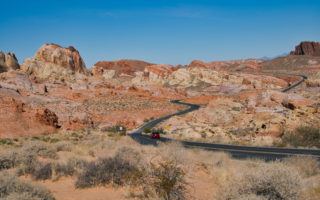
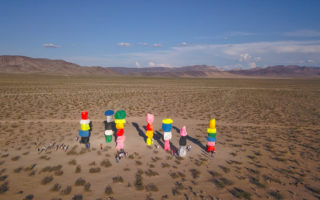
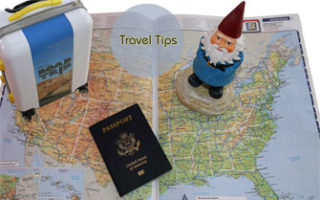


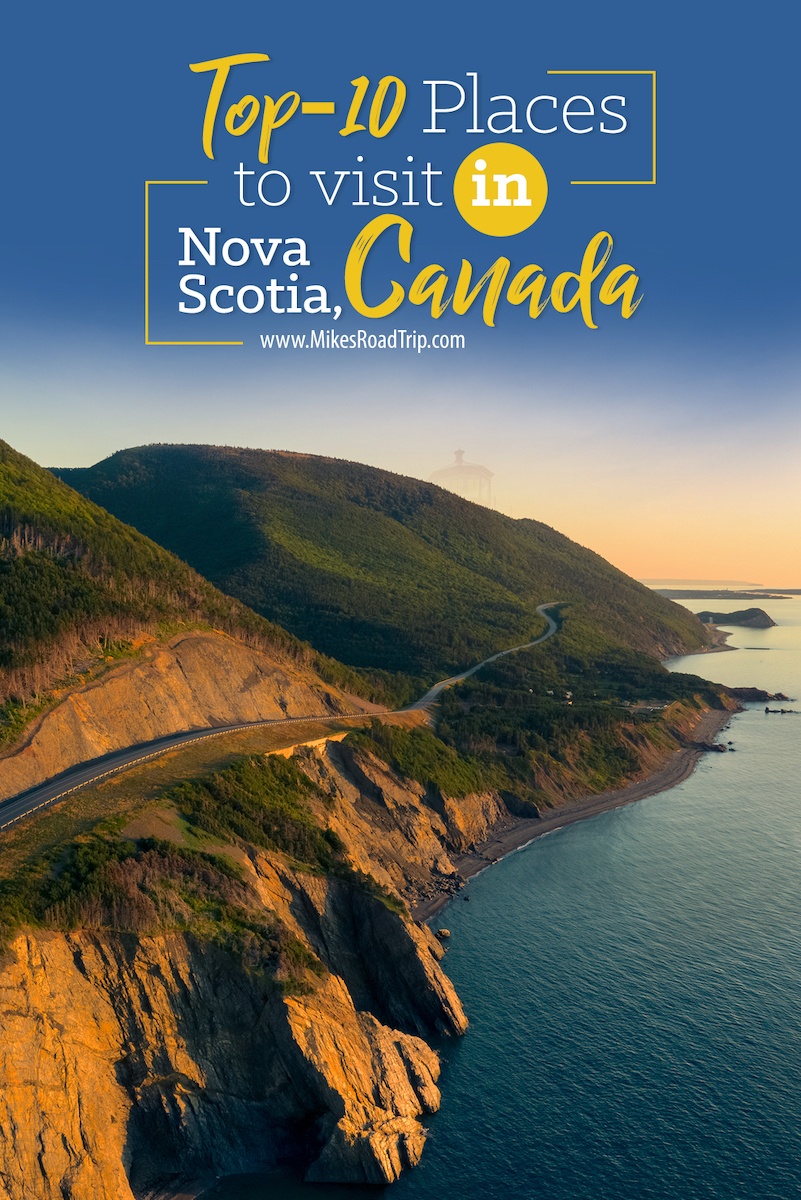
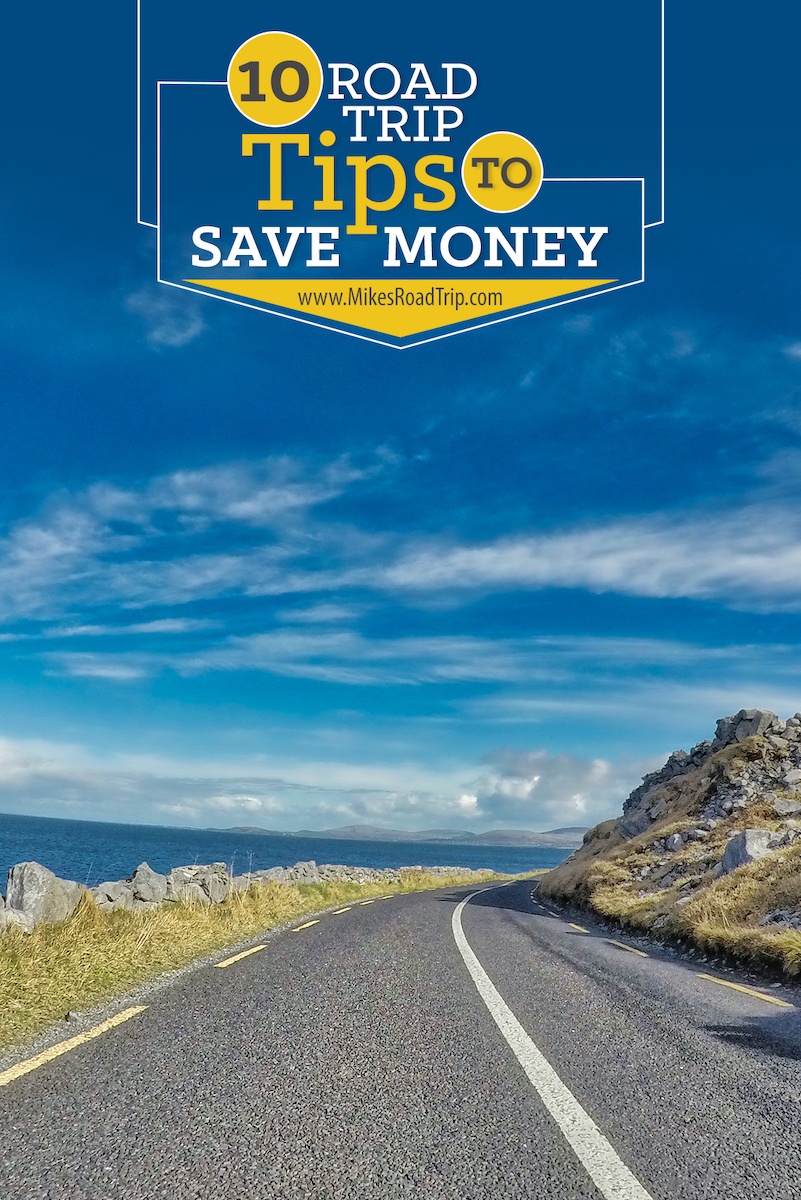
![Top-5 Best Places to visit in Belgium beyond Brussels [video included]](https://mikesroadtrip.com/wp-content/uploads/2020/07/Pin-6b.jpg)
![Top-10 Most Interesting Facts about Arizona [Video Included]](https://mikesroadtrip.com/wp-content/uploads/2020/07/Pin-2.jpg)


